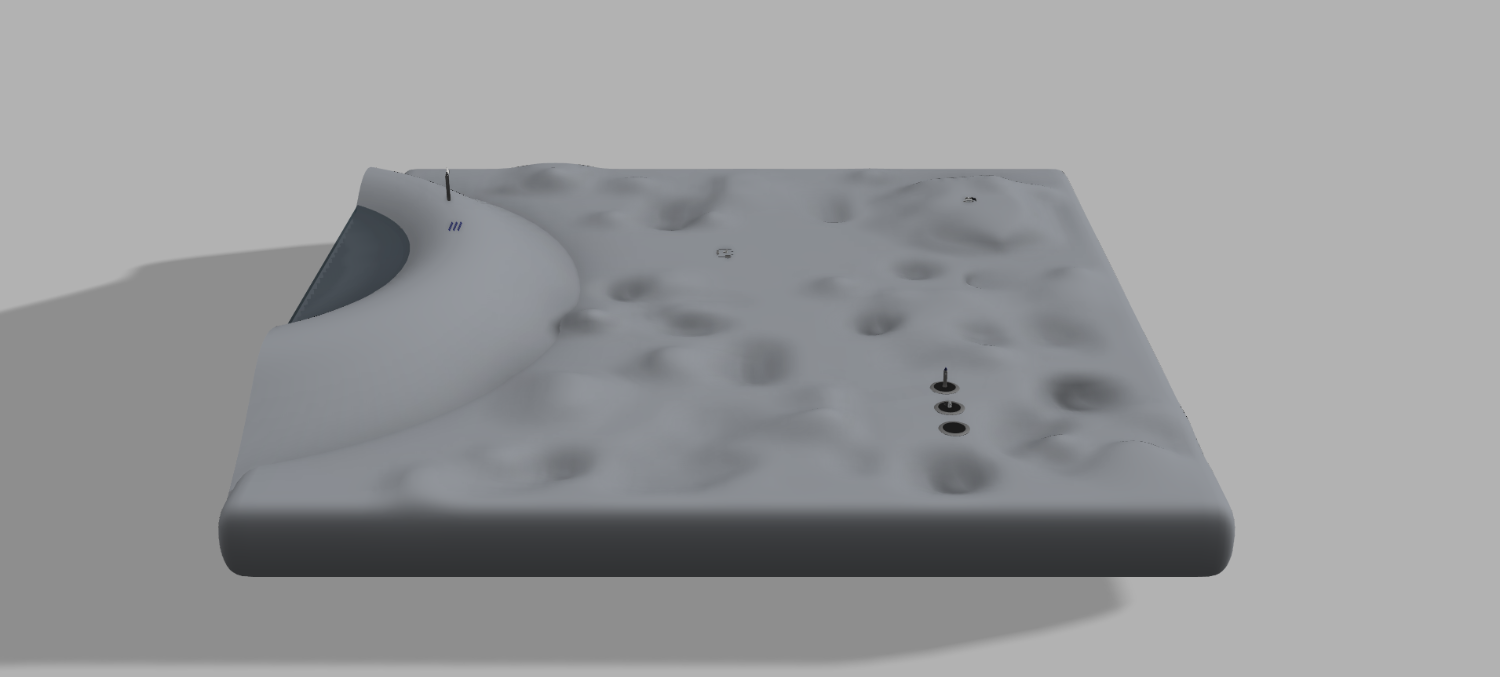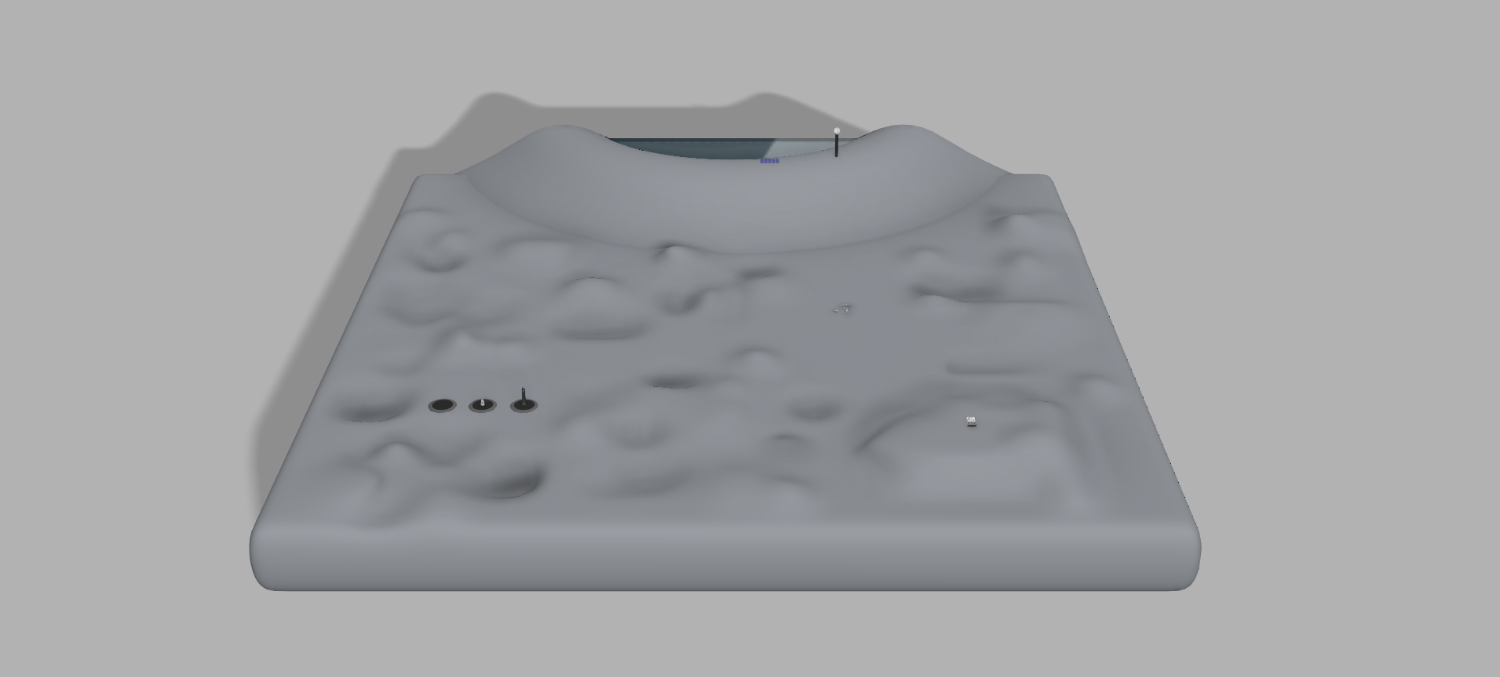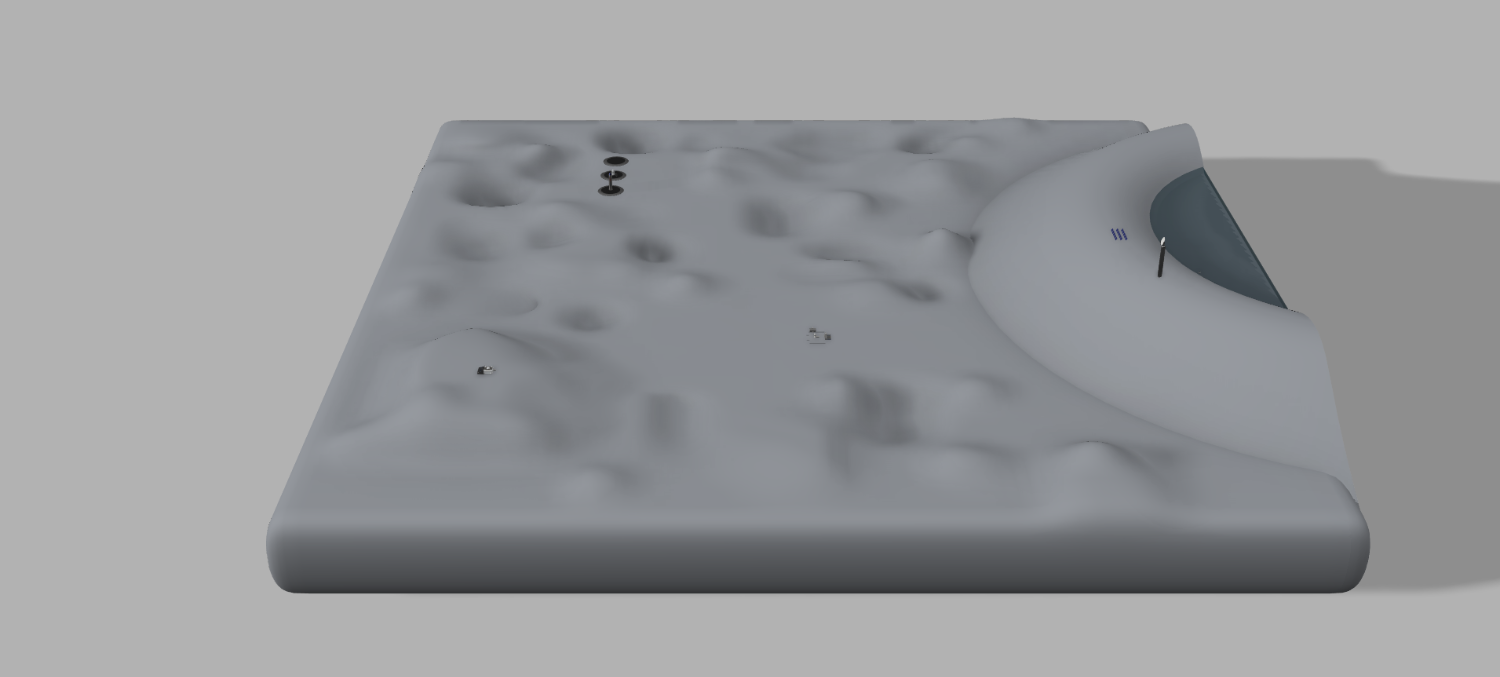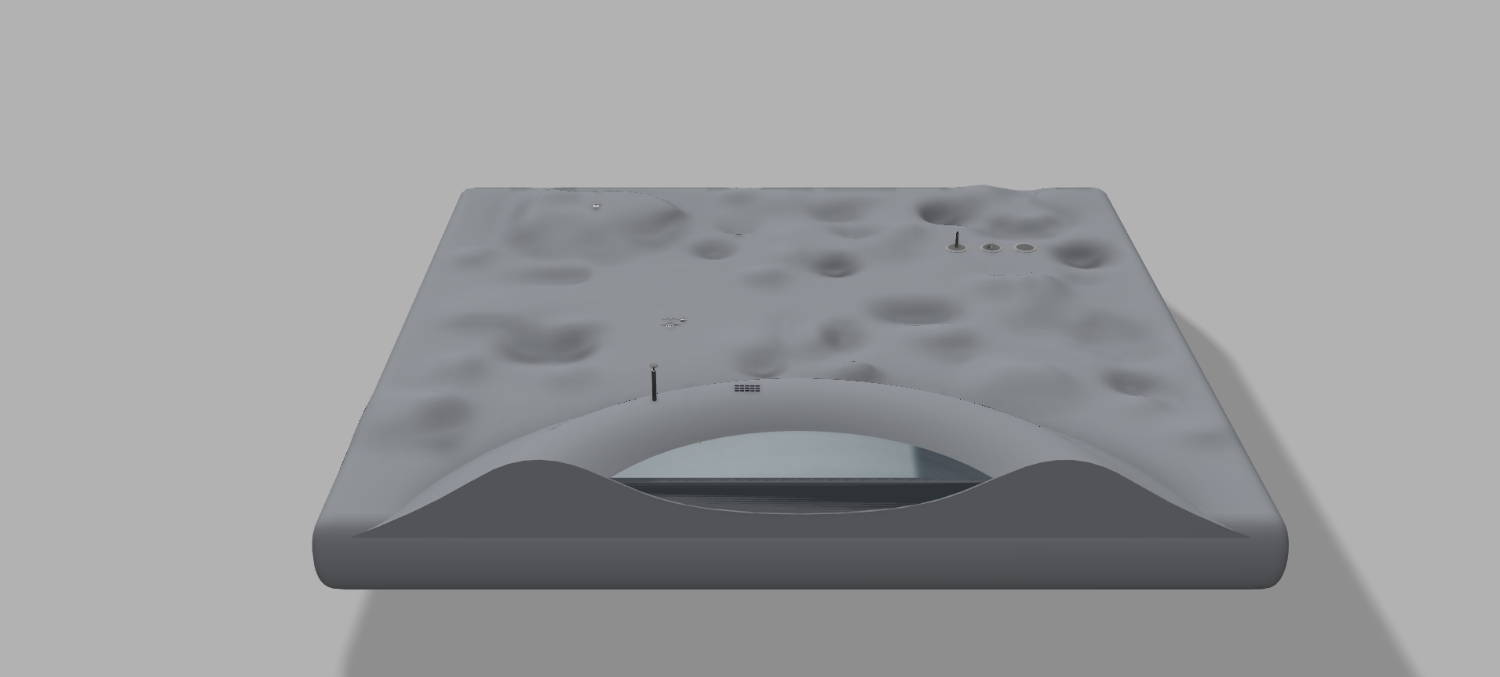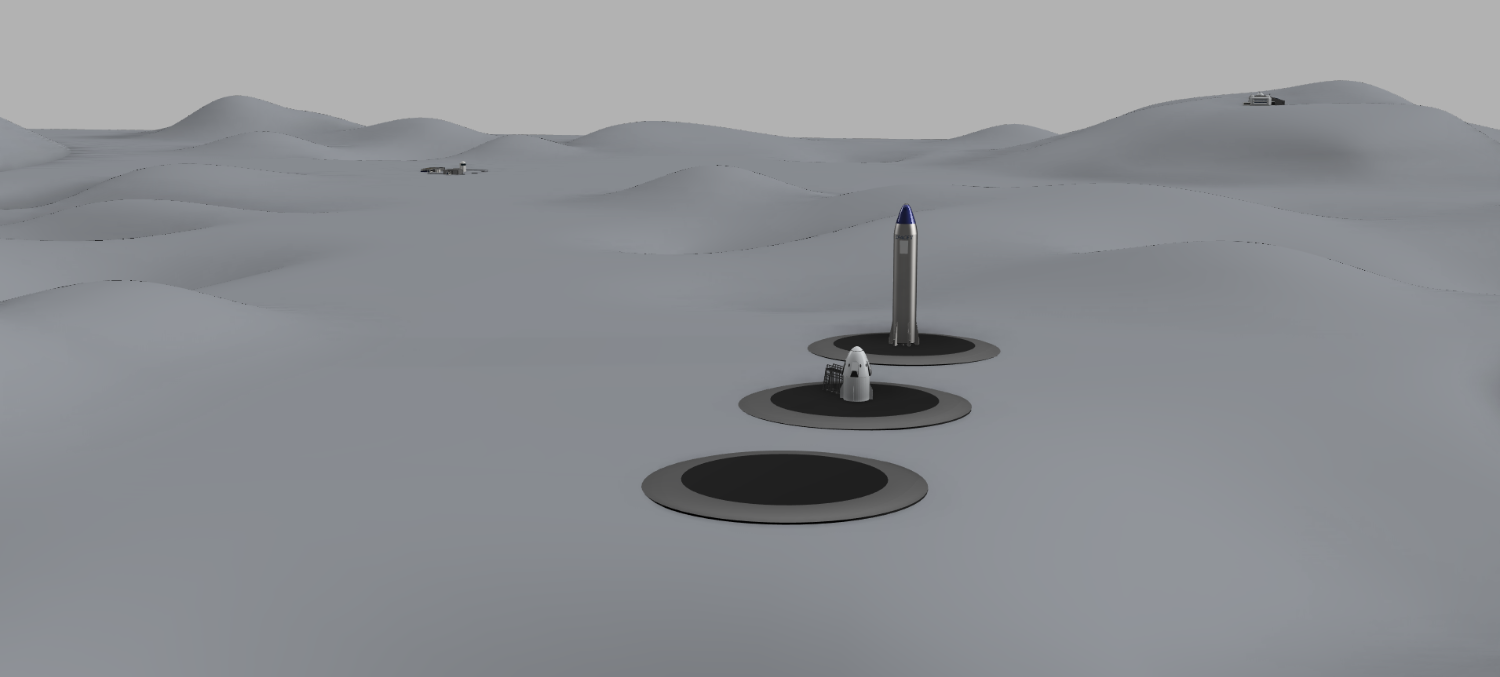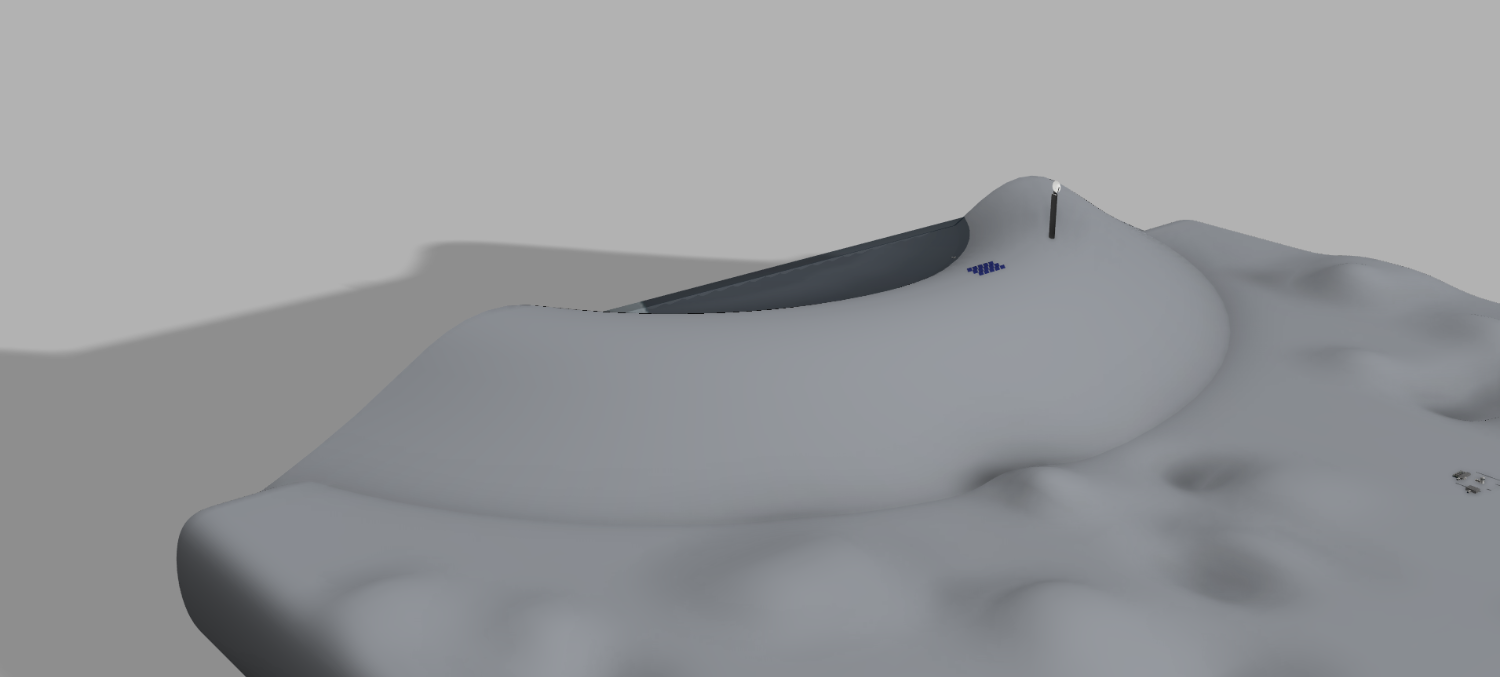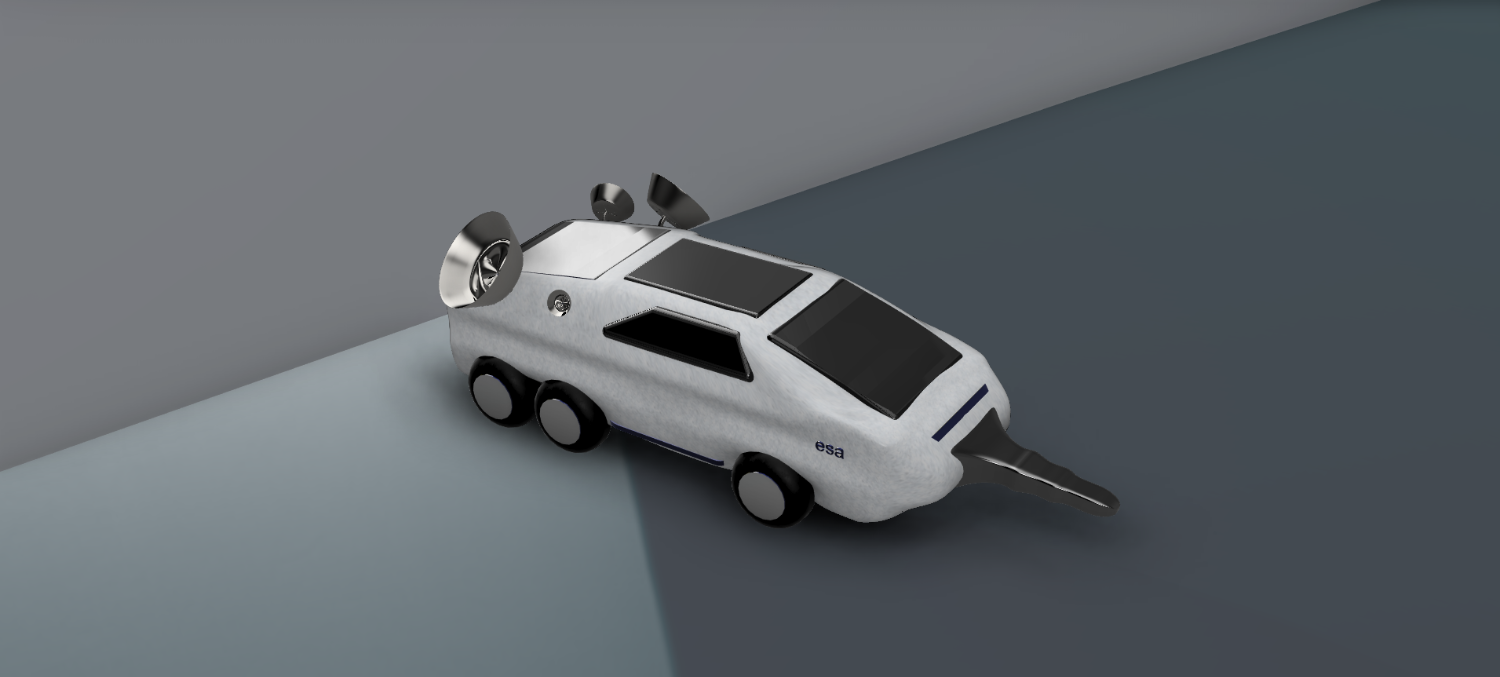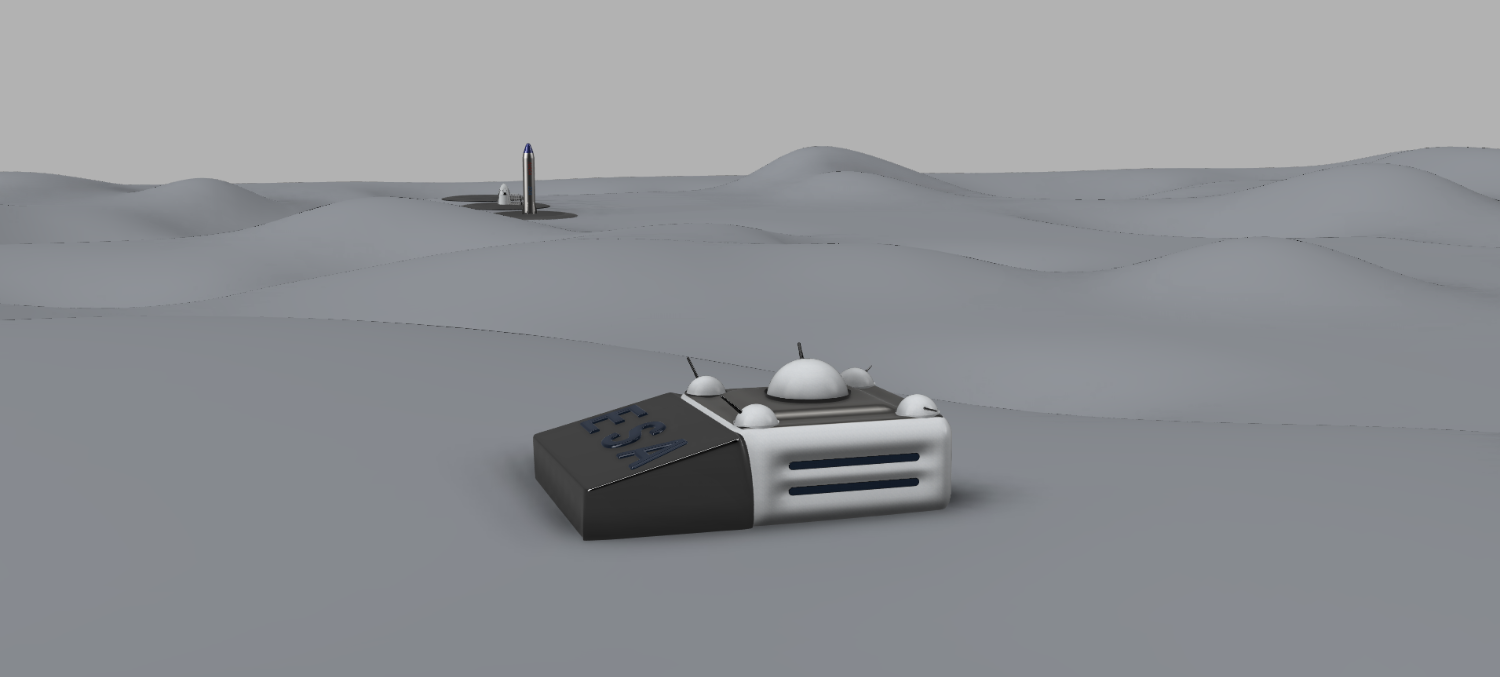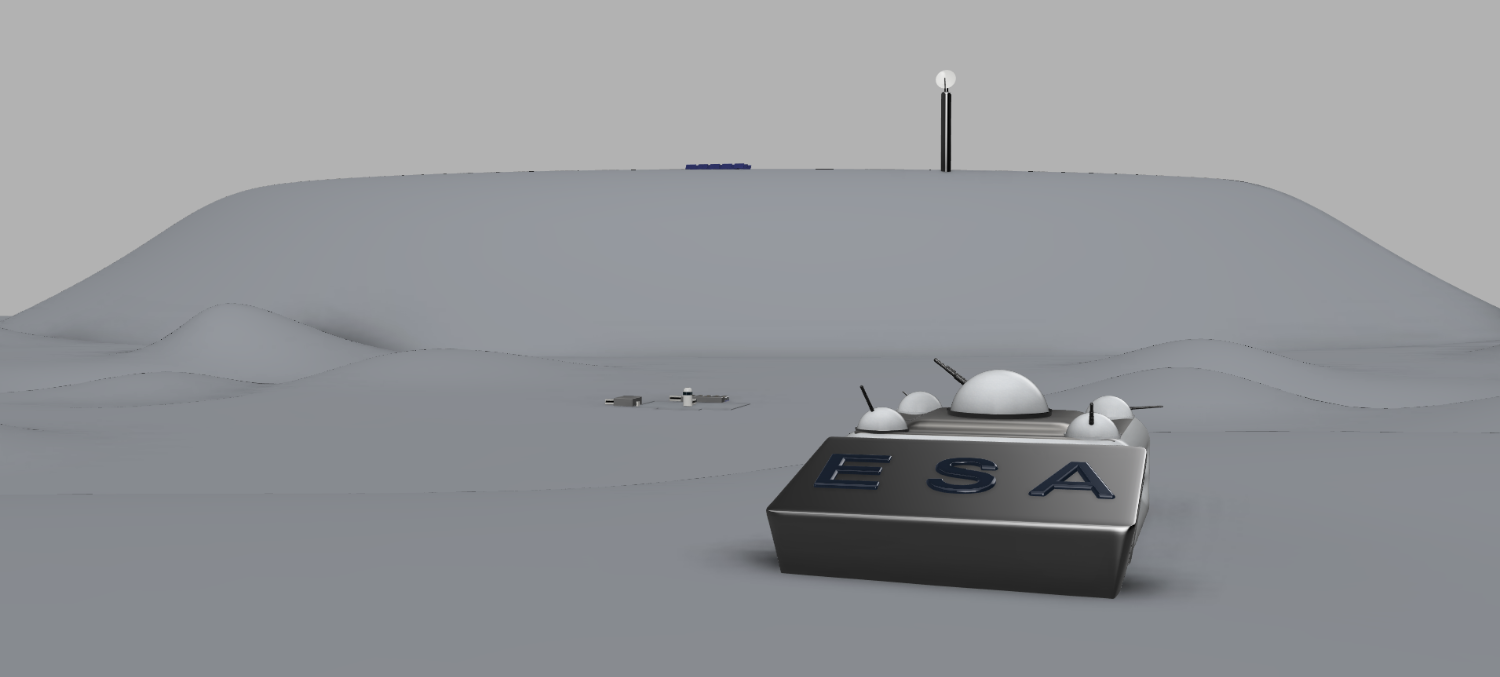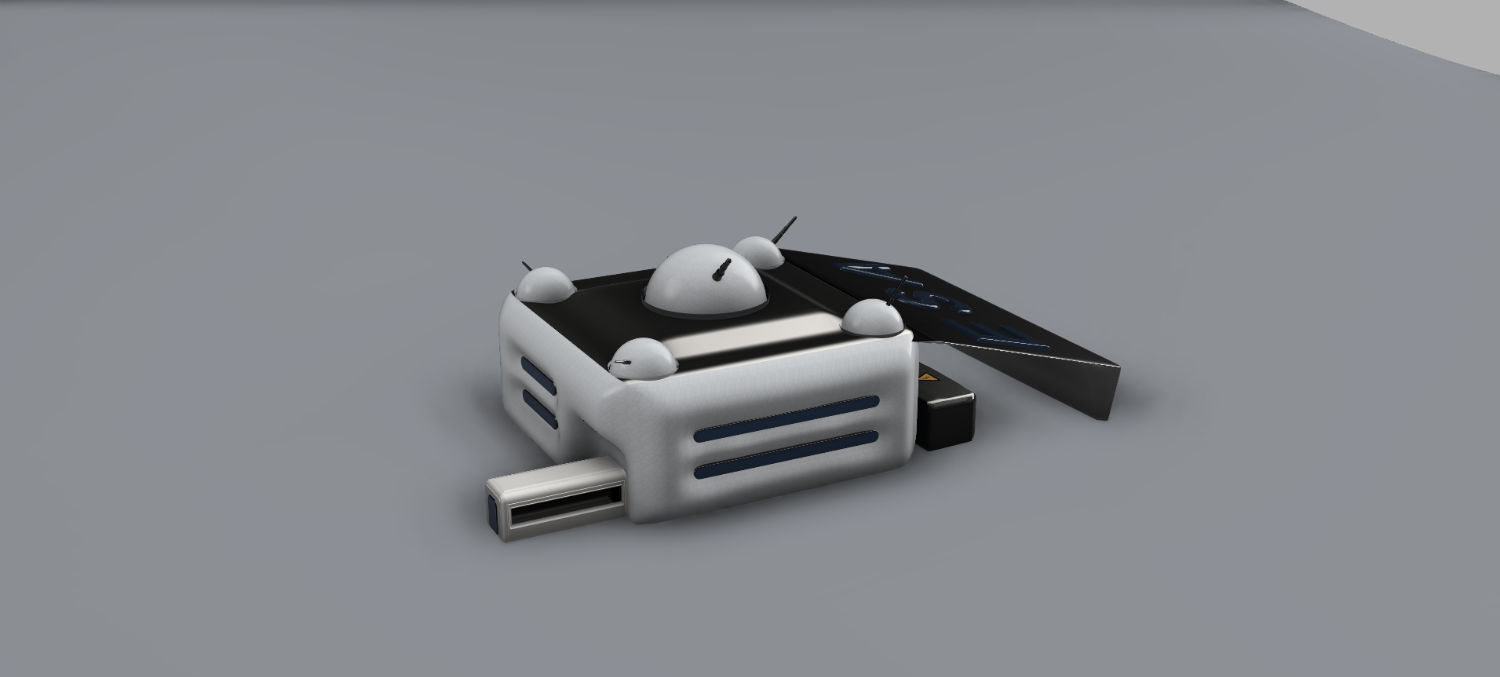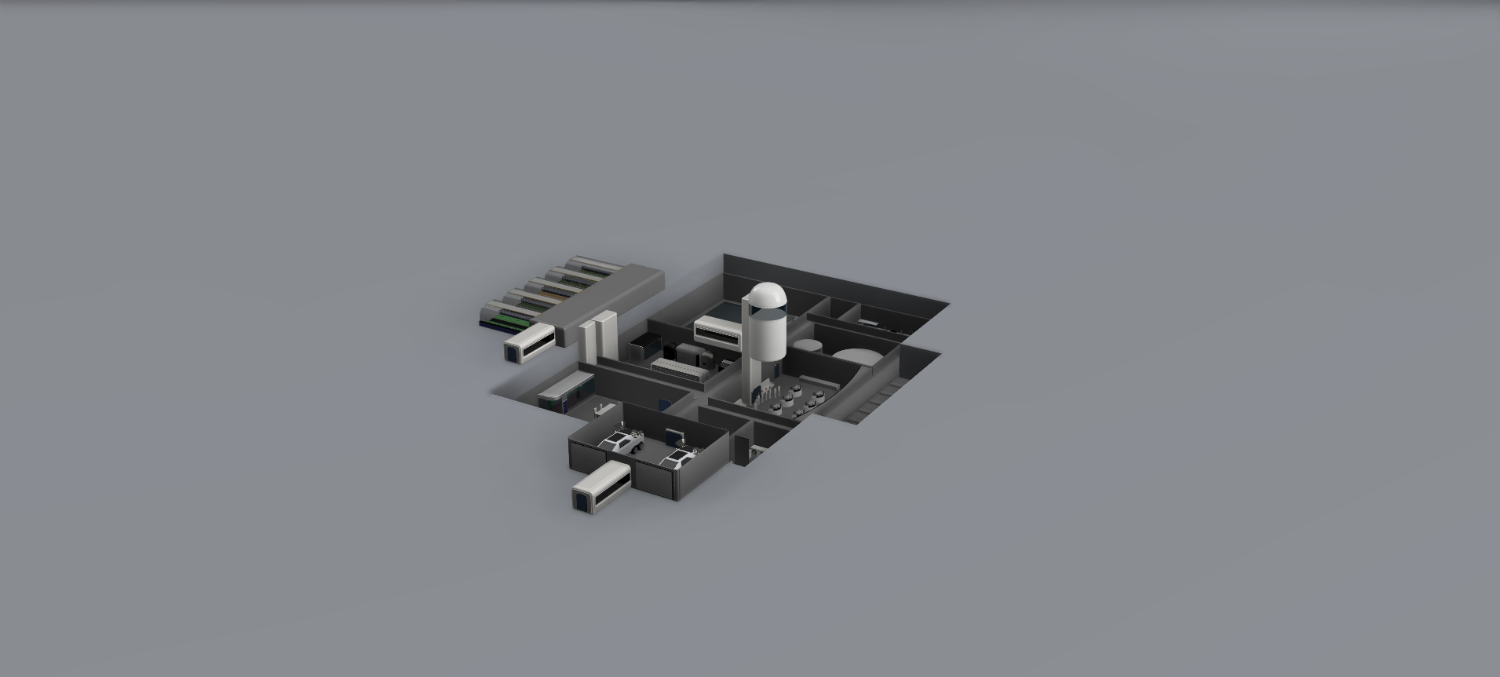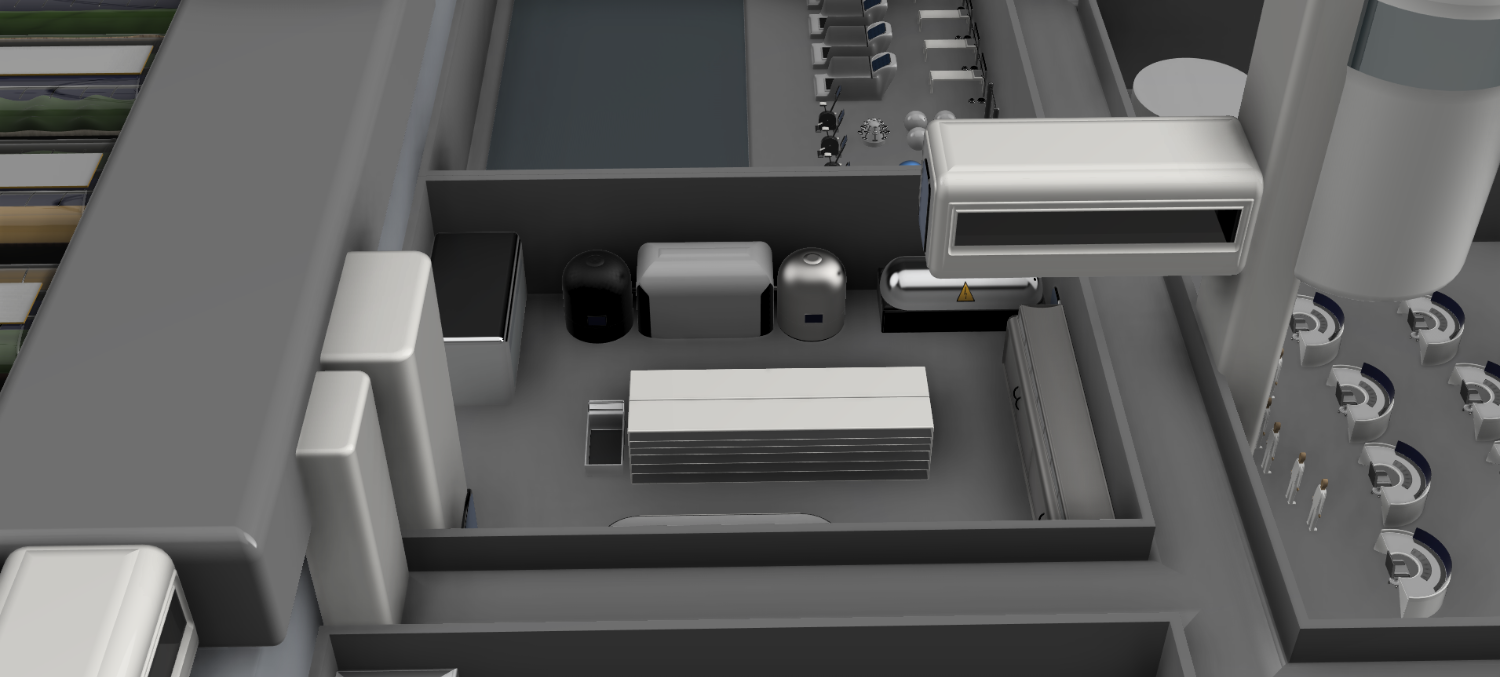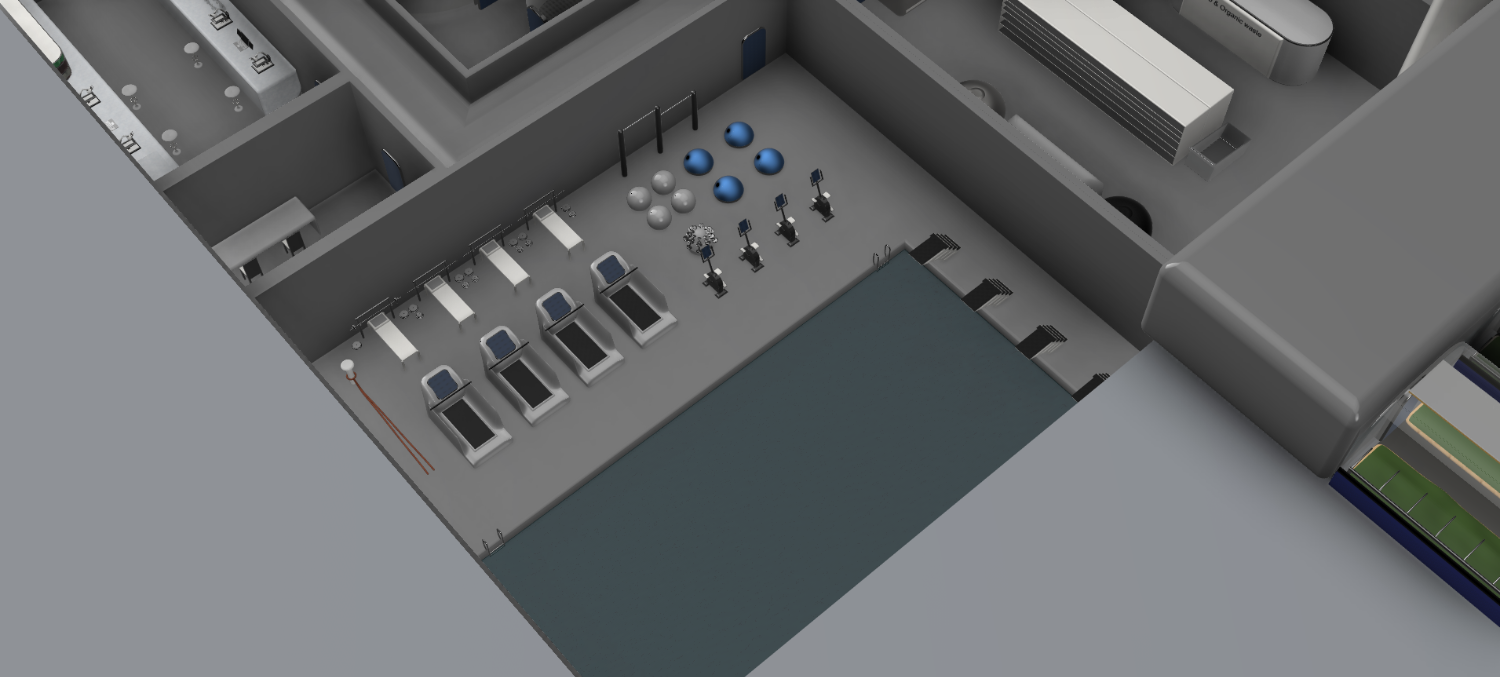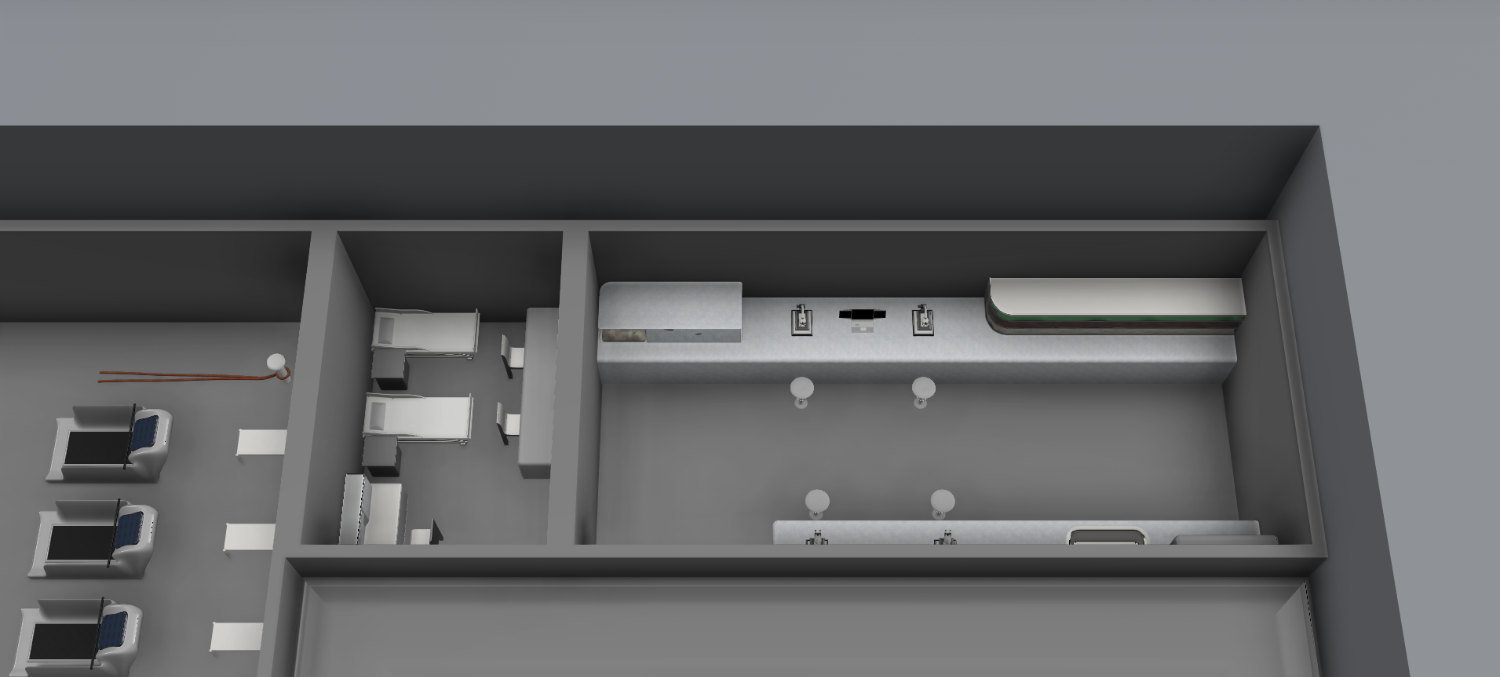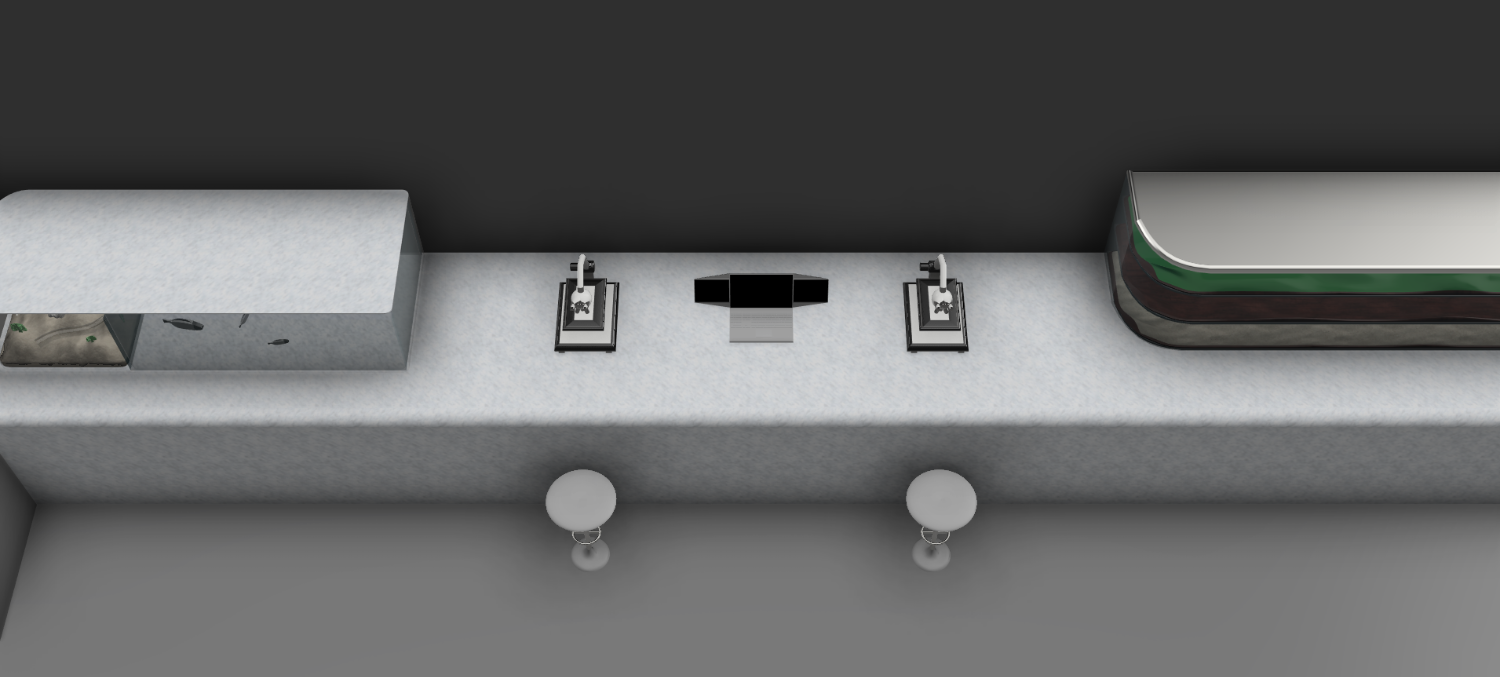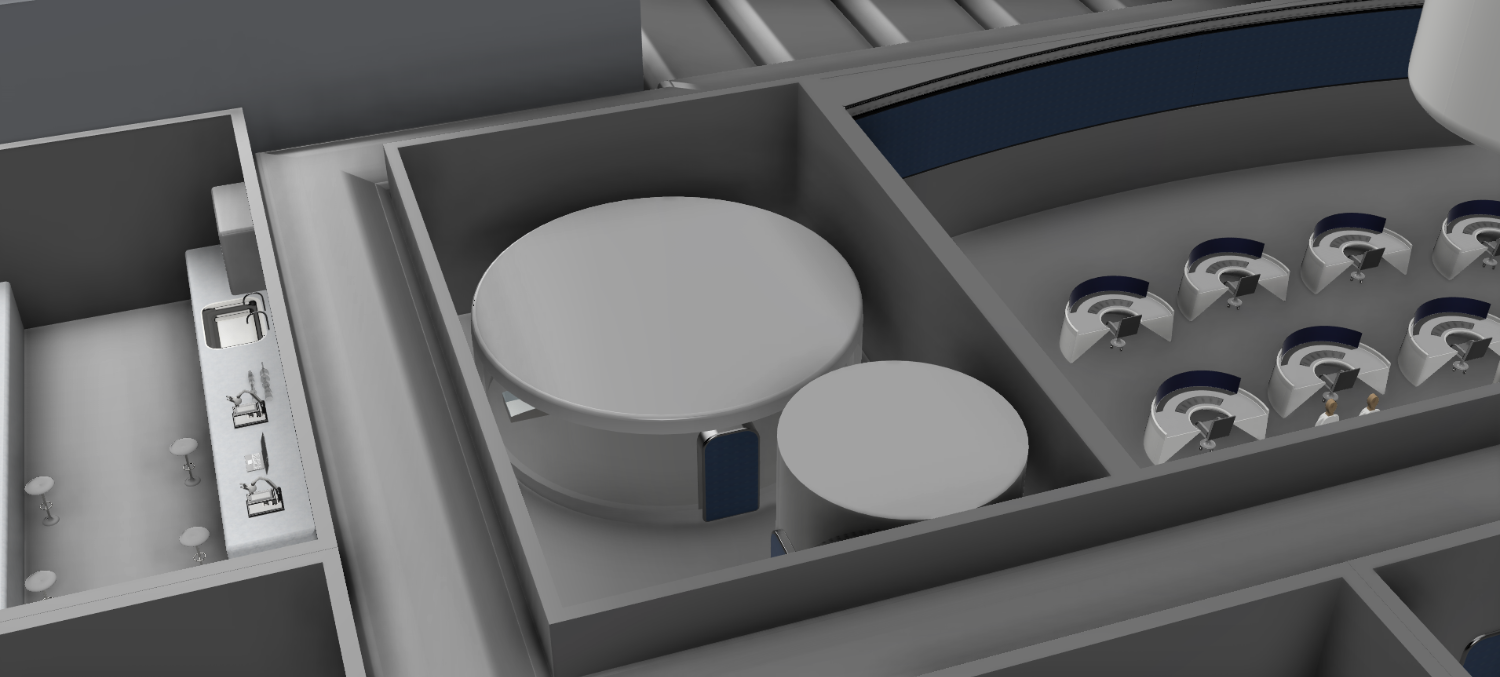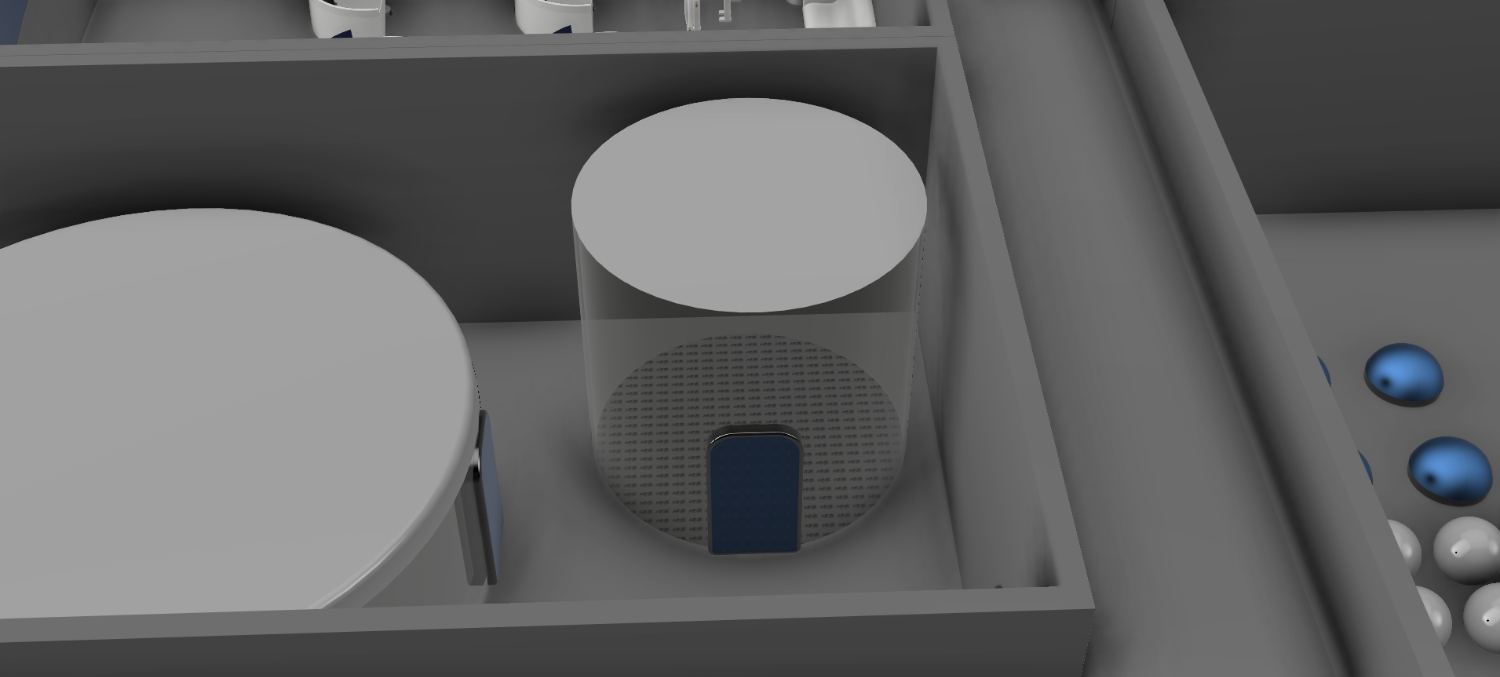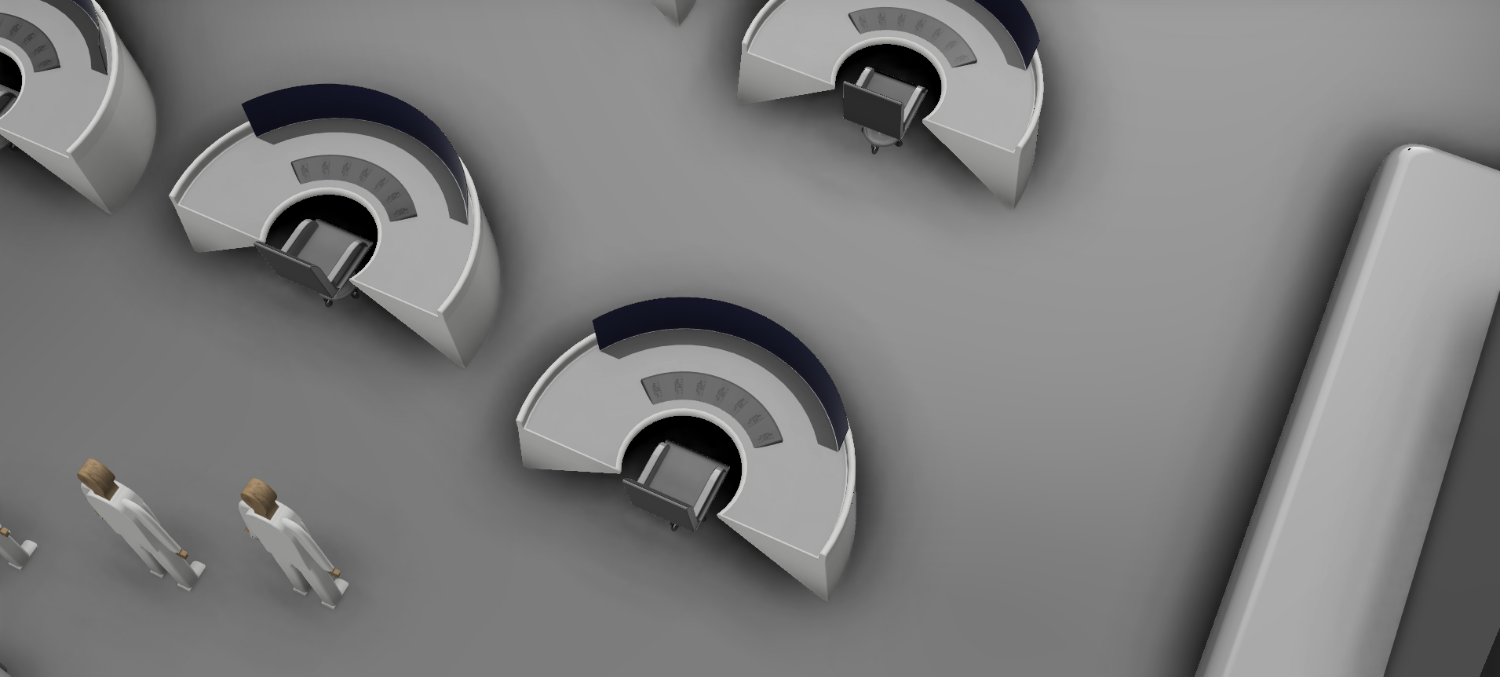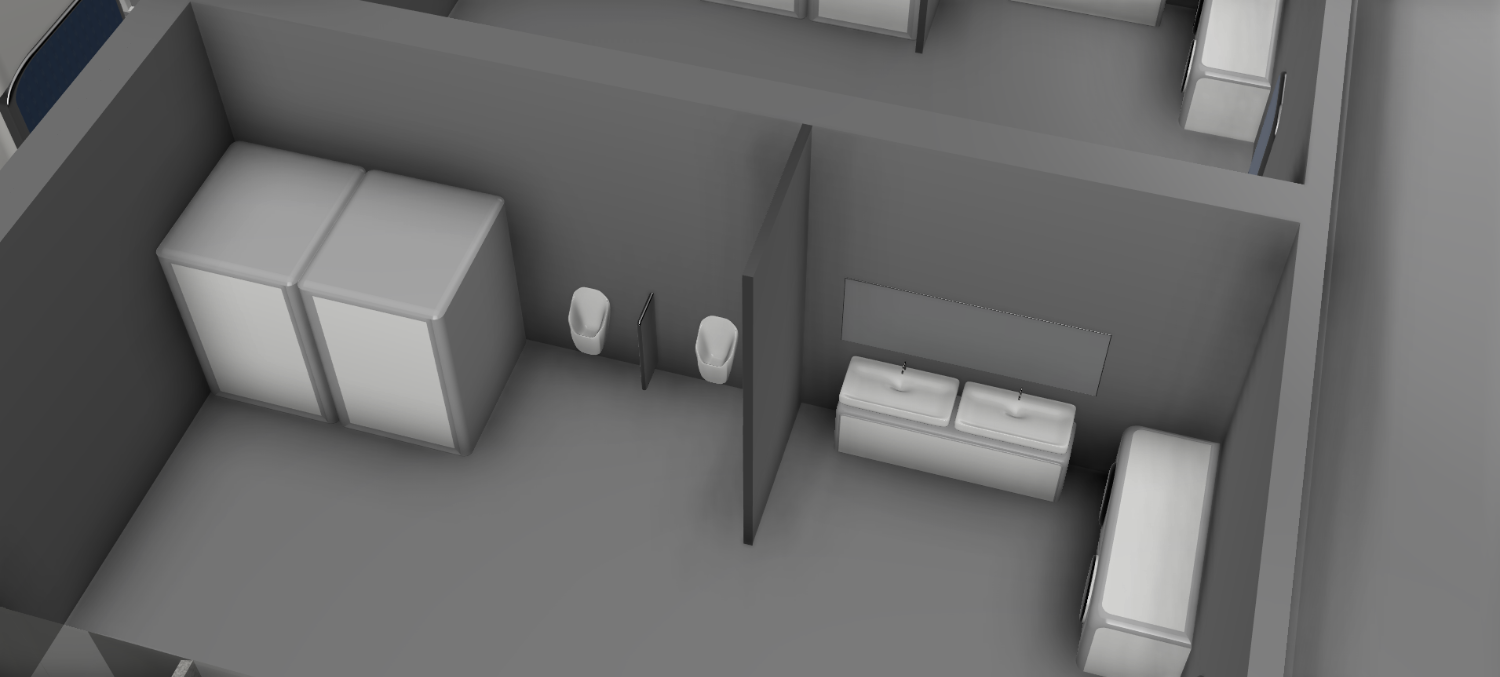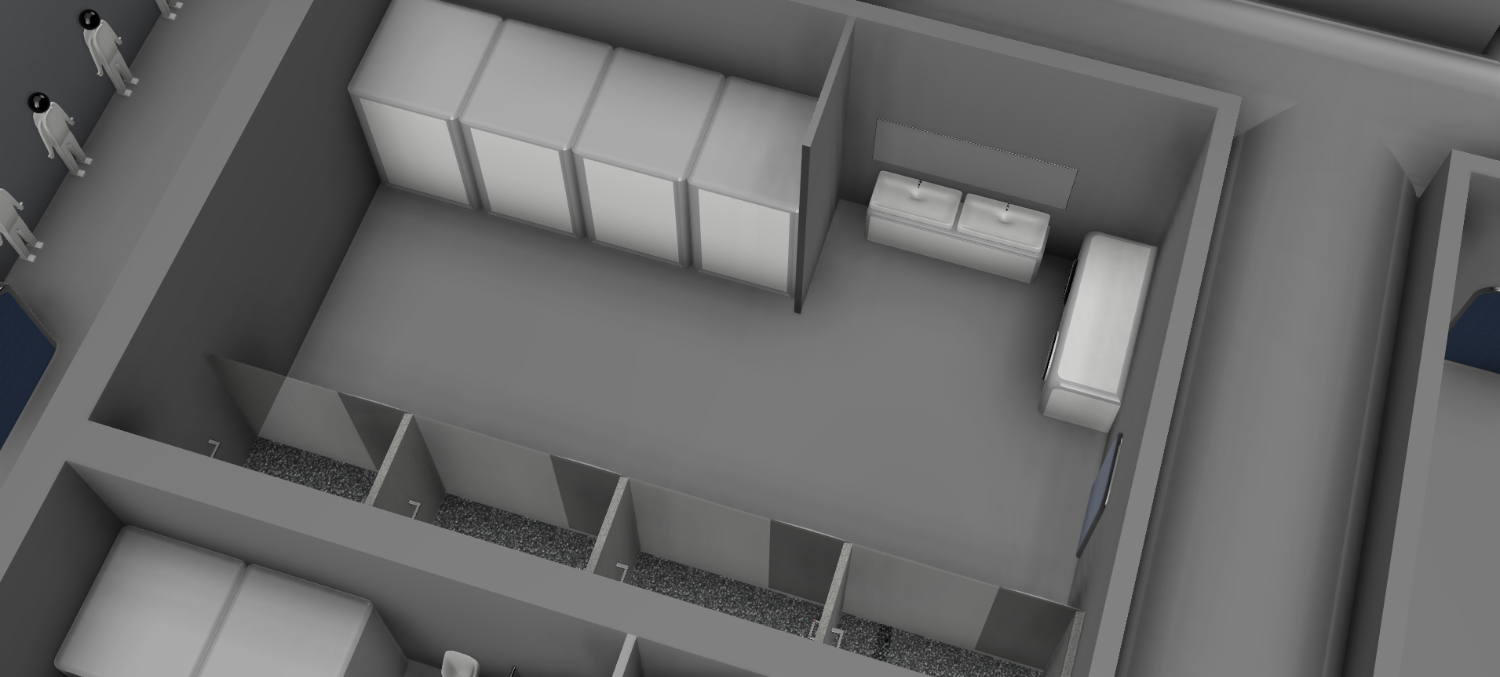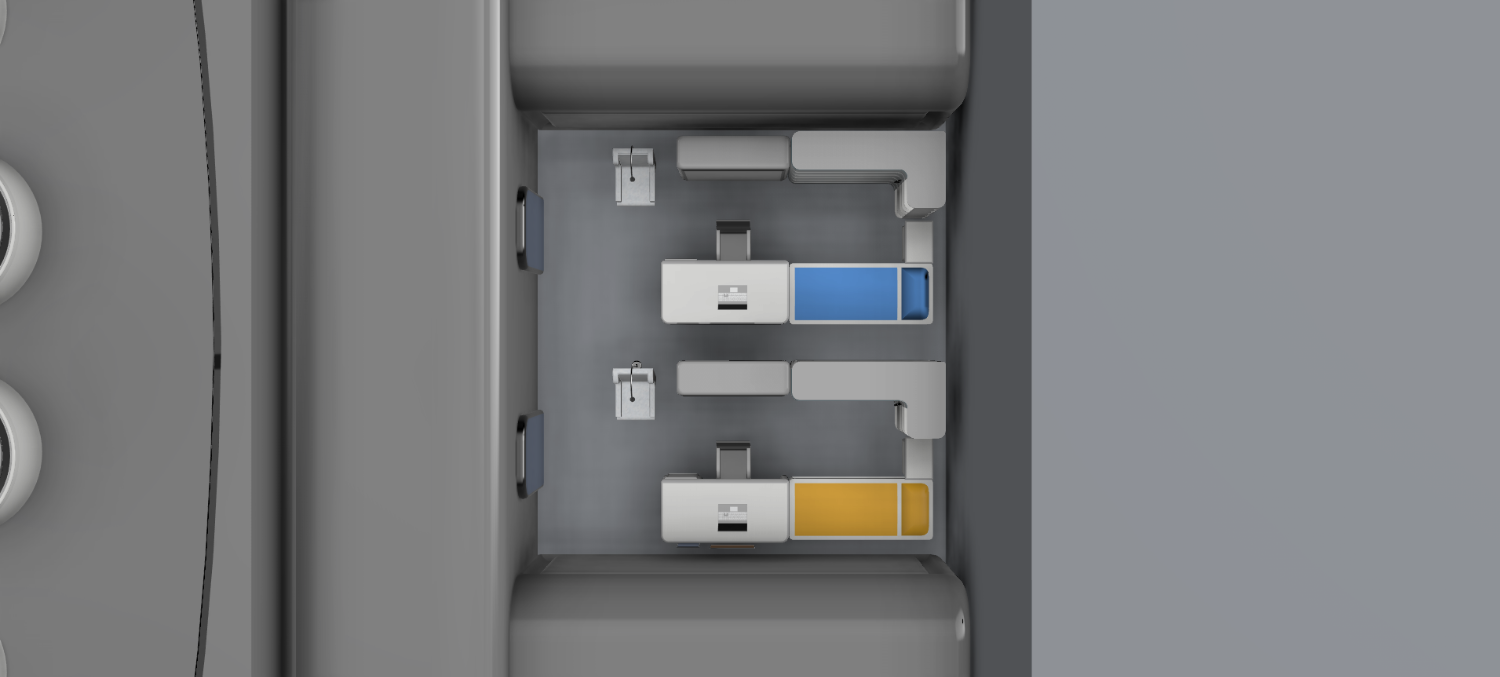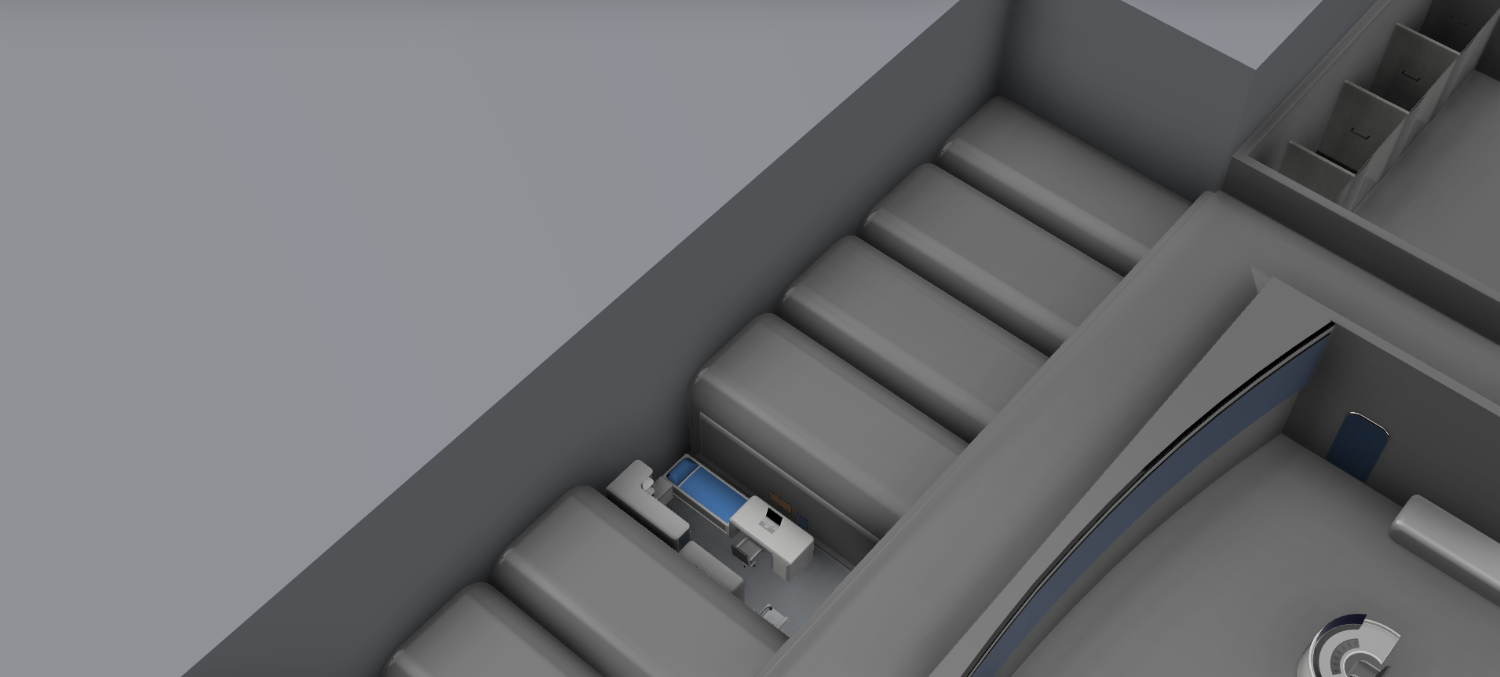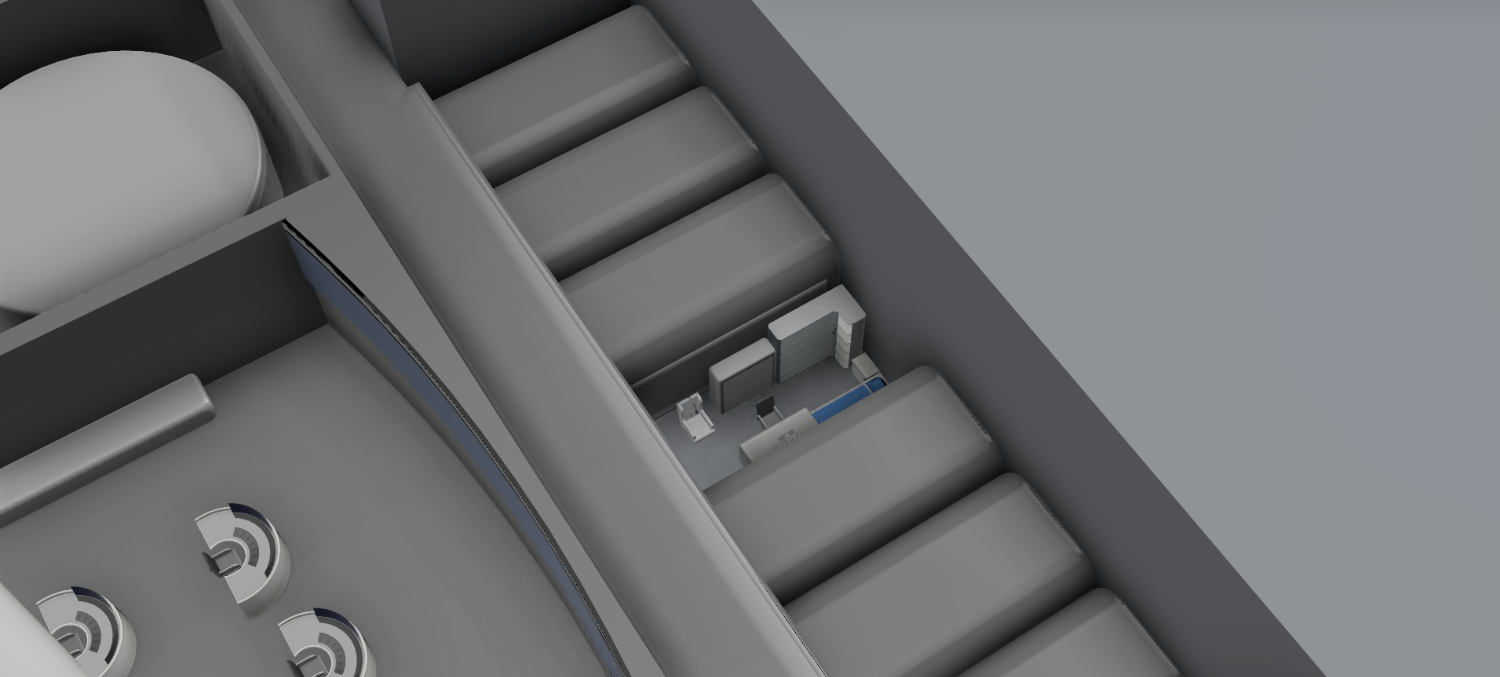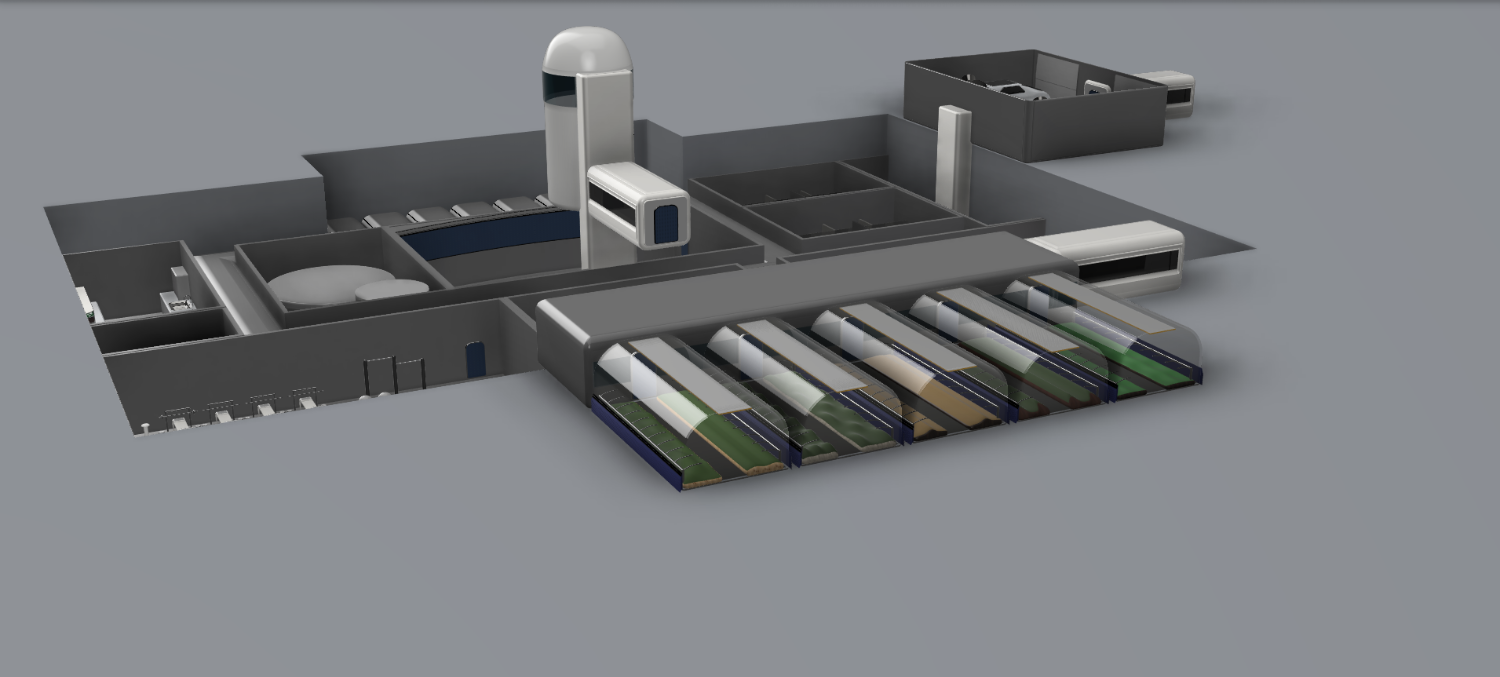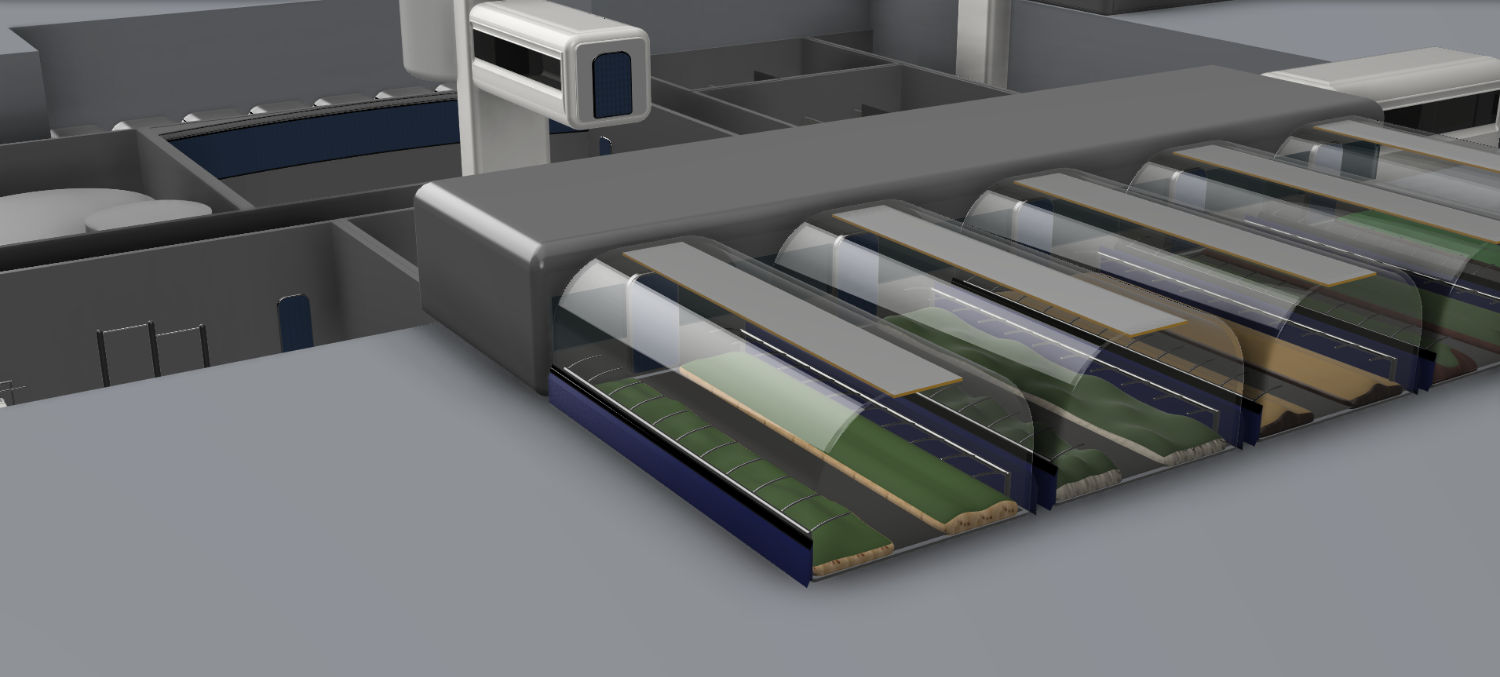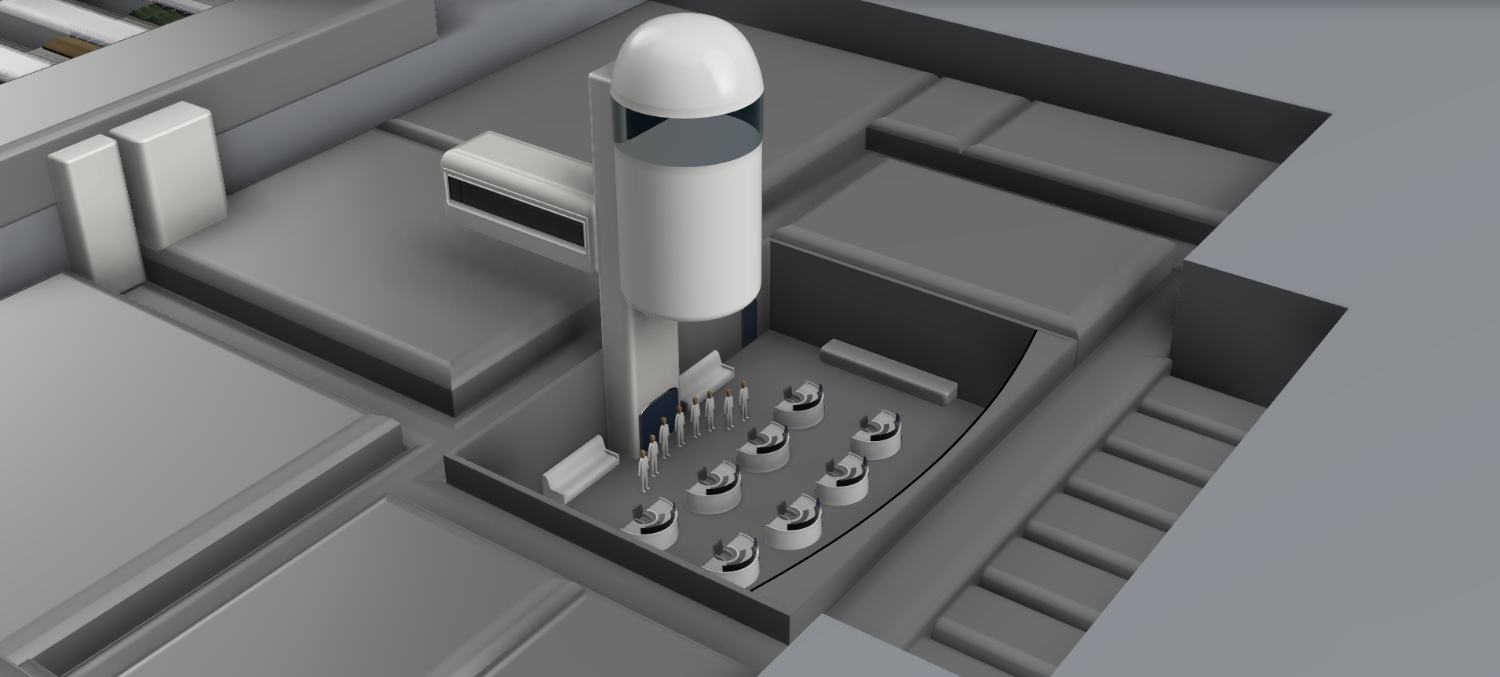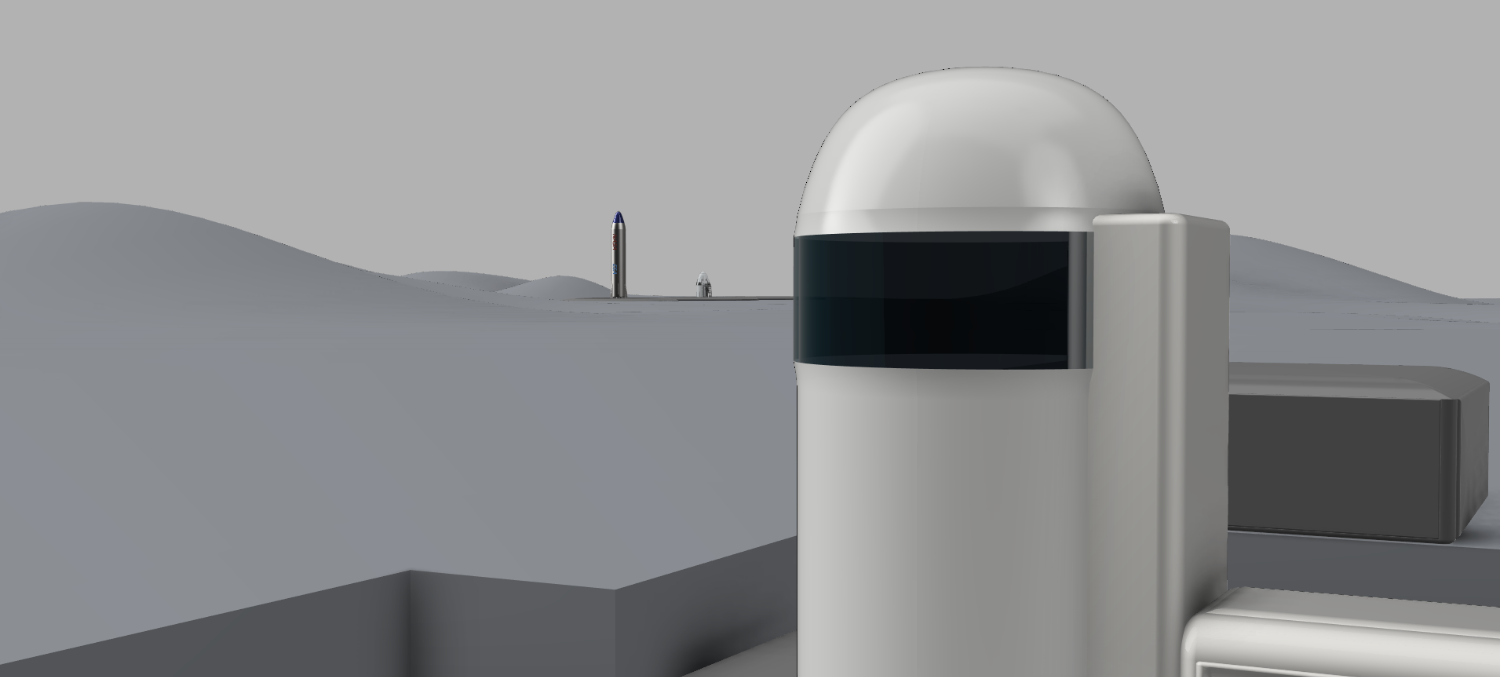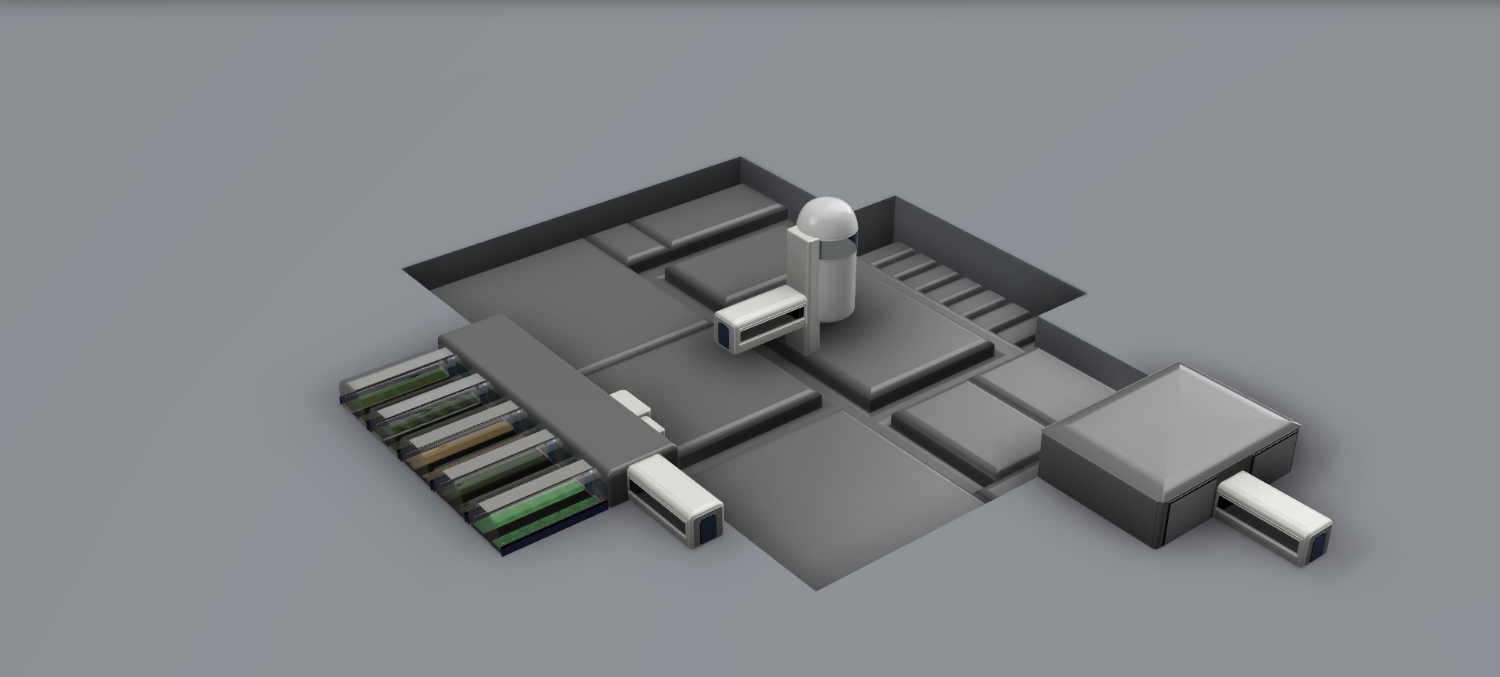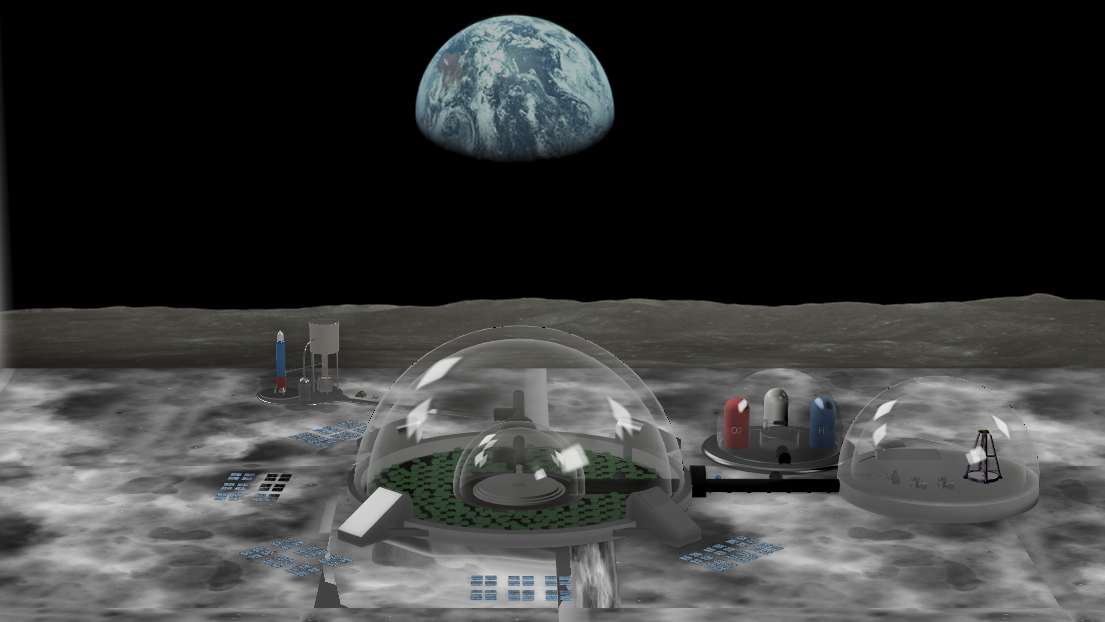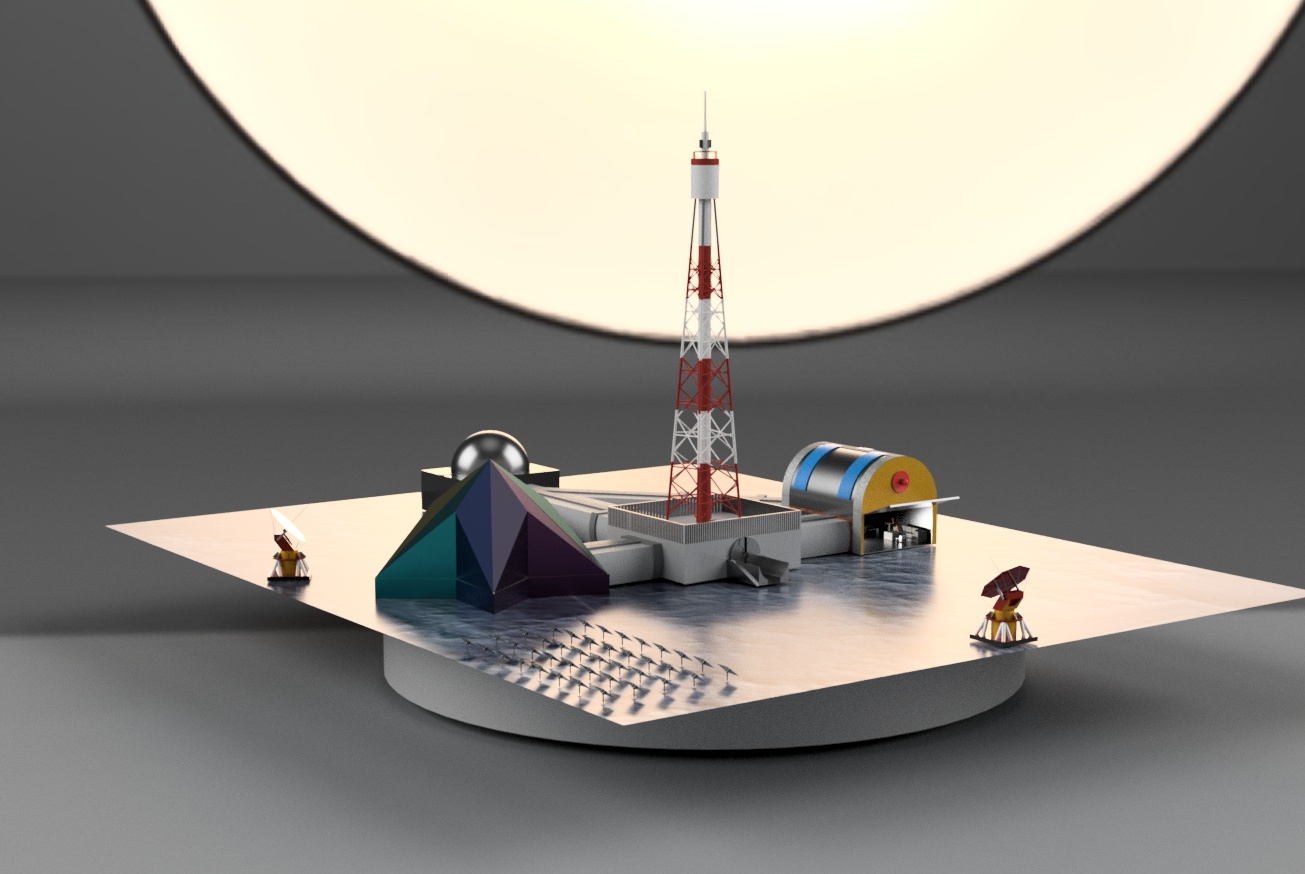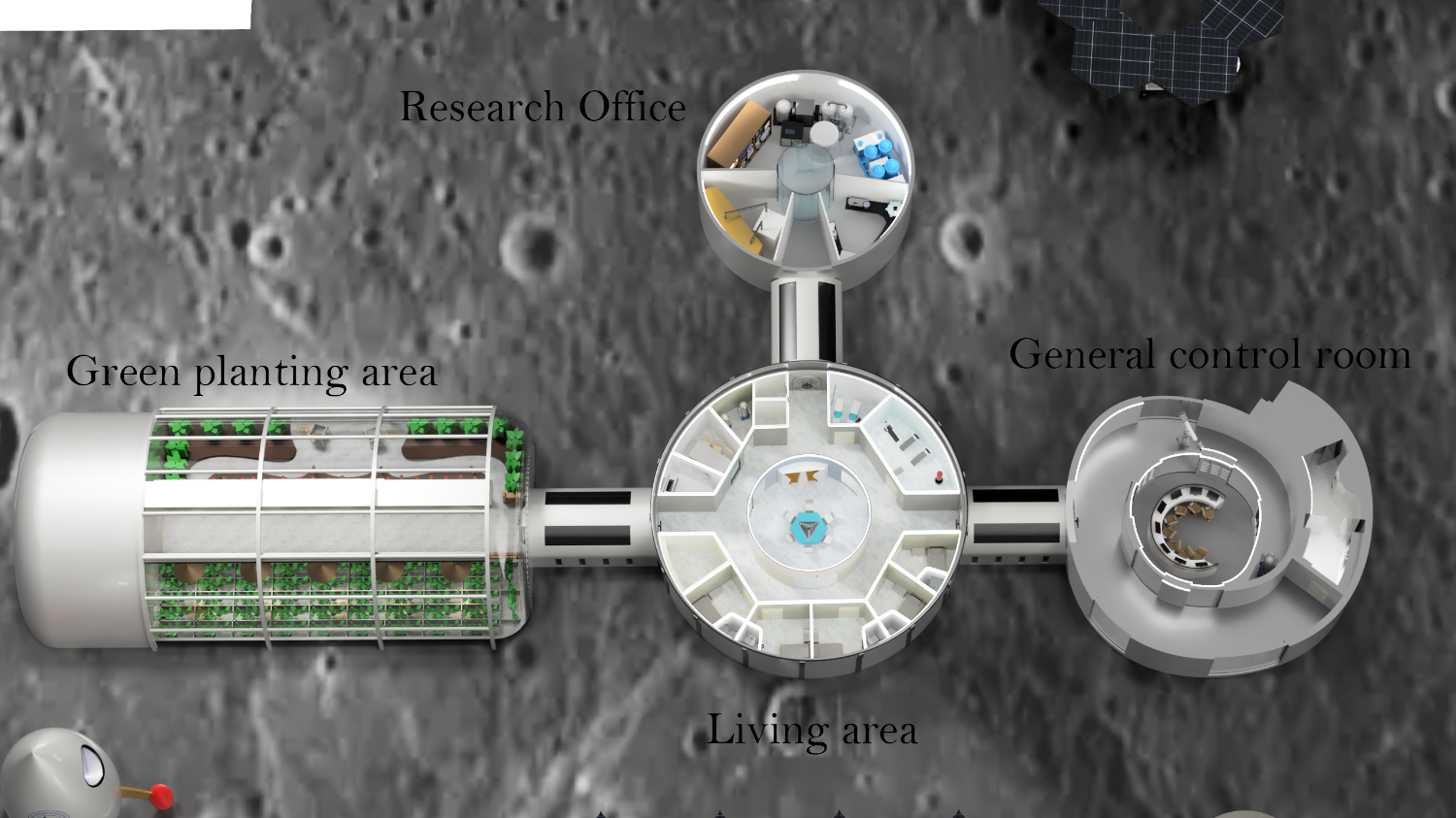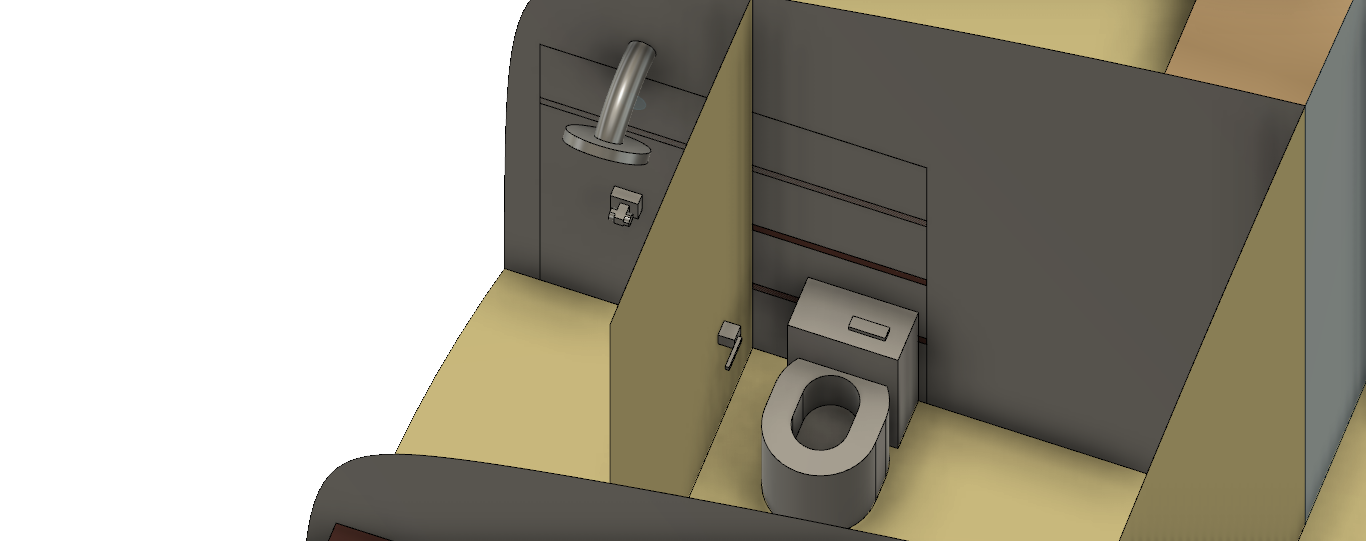Moon Camp Pioneers Gallery 2021-2022
In Moon Camp Pioneers each team’s mission is to 3D design a complete Moon Camp using Fusion 360. They also have to explain how they will use local resources, protect astronauts from the dangerous of space and describe the living and working facilities.
Team: BRNO Dragons
Biskupské gymnázium Brno a mateřská škola Brno Czech Republic 15 2 / 0
External viewer for 3d project
|
Project description
We decided to name our project Eugene Cernan’s base. He was the last man to set foot on the surface of the Moon (in 1972). Both his parents were Czechoslovakian. His name is a symbol of end of one era and a beginning of lunar settlement era.
We will test there the effect gravity has on life, develop genetically modified plants, and try to grow plants in modified regolith. There is an observatory on a hill near the base, where we will be able to discover stars and galaxies thanks to a small amount of ambient light.
8 astronauts will be staying at the base, they will be replaced after 4 months by another crew. In each crew there will be 3 rocket engineers (technicians, mechanics, IT-specialists), 3 biologists (chemists, doctors, geologists) and 2 astronomers.
The whole base consists of: a residence room equipped with a laboratory with aquarium providing astronauts with food but will also be used to observe their adaptability and ethology, a control room, a centrifuge, rooms for the astronauts, a kitchen, a living room, and a gym
5 greenhouses
3 landing platforms + rockets First platform: the Starship rocket; it will transport crew and materials to the Moon Second platform: the Crewdragon rocket; it will fly astronauts between this base and Gateway Third platform: the spare one
Solar panels On the top of the crater, constantly exposed to sunlight, generates solar power
The rover garage
Satellite convenient location allows it to catch the best possible signal |
|||
|
2.1 Where do you want to build your Moon Camp?
We decided to place our lunar station near the Shacketlon Crater. There are several reasons for our decision. The most important is that Schaketlon Crater is located in the South Pole region, where is frozen water in the glaciers. It will be very easy to extract water from them. That way, astronauts don’t have to import it from Earth. Another reason is that there is almost continuous sunlight at the poles – this will help us produce energy from solar panels almost all day and night. Another important fact is that, compared to the equatorial regions, the temperature here is relatively favorable (0°C to -50°C). Therefore, it will not be so difficult to heat our station. A final advantage is that the station can be placed underground thanks to the crater, so it will not be so difficult to ensure the safety of the astronauts who will be staying there. 2.2 How do you plan to build your Moon Camp? Describe the techniques, materials and your design choices.
Transportation of the material and crew will be provided by SpaceX using its Staship rocket. The second rocket is Crewdragon, which will be used to carry astronauts between the base and Gateway Station. The skeleton of the base will be printed with a large 3D printer. The 3D print fill will be mostly regolith mixed with water and earth binders. Inflatable rooms will be inserted into this skeleton. Then the rooms will be placed in a pre-digged hole and covered with regolith. All furniture and appliances will be imported from Earth, of course. 2.3 The environment on the Moon is very dangerous for the astronauts. Explain how your Moon Camp will protect them. (maximum 150 words)
The entire base is below the surface of the Moon, so the astronauts are protected by a thick layer of regolith. The only parts that are above the surface are the greenhouses and the observation tower. The glass that makes up the greenhouses is made up of five layers. The outer and inner layers are made of Plexiglas, which protects the greenhouses against damage from the inside or micrometeorites from the outside. The middle layer is made up of polycarbonate and the gap between the polycarbonate and the Plexiglas is made up of air, which acts as a thermal insulator. All the layers will contain high-quality UV-filter, which will protect the astronauts and plants from radiation. Of course, astronauts will be wearing special suits, reinforced with nanofibre, everywhere outdoors. |
|||
|
2.4 Explain how your Moon Camp will provide the astronauts with:
|
Water
|
Food
|
Power
|
Air
|
|
Water will be obtained from the glaciers located in Shacketlon Crater. The station has a special rover which is equipped with drills that break the ice into small pieces. Those are picked up by a robotic arm, which scoops the ice into the rover’s storage. The rover delivers it to the lunar station. It will then be transferred to a tank where it will melt into a liquid. The water will also be stripped of impurities and chemically treated, making it suitable for drinking. Then is the water divided into 3 parts depending on the usage. The first part will be used to produce oxygen and hydrogen by hydrolysis, the second will be used to water and irrigate the plants in the greenhouse. The third will be used for drinking, hygiene, and other needs of the astronauts on the station and also for the animals in the terrariums. |
Most of the food at our station comes from our greenhouses. We have a total of 5 greenhouses. Primarily, we grow fast-growing algae, which is the astronauts’ staple food. In addition to being incredibly fast to grow, they also produce a lot of oxygen, which is crucial for us. Plants with longer growing times (various vegetables such as carrots, radishes, onions, garlic, potatoes) are grown in two greenhouses. These will occasionally supplement the astronauts’ diet to make it a little more varied. Fish are kept in a special aquarium in the laboratory, primarily for research on the effects of gravity, but they can also be used in the astronauts’ diet (because they contain vitamin D). The last important food will be imported fruit vitamin snacks so that the astronauts do not suffer from vitamin deficiency problems. |
All the power on the station will come from solar panels. The sun shines on the South Pole for up to 20 hours a day, allowing us to generate power almost continuously. Most of the power will come from the rotating solar panels that sit on top of the crater. They are designed to rotate after the sun, much like sunflowers rotate in a field. A smaller amount of energy is then provided by special shutters on the greenhouse, which house the photovoltaic elements and prevent the sunlight from shining on the plants continuously. (This would burn them, and we would have no crops). All the other machines and the rover are powered by electricity. They have their own battery that is recharged from solar panels that are directly placed on them. |
A large part of the oxygen is produced by algae, but also by other plants that we grow in the greenhouse. Like other gases, oxygen is also produced during wastewater recycling. Additional oxygen is produced by the electrolysis of water that is extracted from glaciers. Nitrogen is obtained from dying plants and organic waste. In fact, nitrogen makes up 78% of the air. It will also be obtained by capturing gas in toilets, as this gas is mostly nitrogen. When we get these two key components of air, we mix them together and enrich them with water vapor to obtain breathable air. The carbon dioxide exhaled by the astronauts will be moved into the greenhouse to the plants that need it to live. |
|
2.5 Explain what would be the main purpose of your Moon Camp.
Our space station will be used mainly for scientific purposes. 1) It will investigate the adaptation of life to only sixth gravity. Therefore, the laboratory has a special aquarium and terrarium. The astronauts will observe animal’s behavior in these conditions. 2) The second task is to study the effect of reduced gravity on humans. Therefore, a centrifuge is placed on the station. There is also an air tunnel, for no one has yet investigated how humans function in sixth gravity when surrounded by air. 3) Investigation of the effects of long-term exposure to low gravity on the human body. 4) Our station will be a transfer station for an expedition to Mars. Its members will be able to recharge, refuel, and resupply (it takes lots of fuel to untether from Earth’s gravity, which would then be missing on the next trip). Other side research will also be going on. |
|||
|
3.1 Describe a day on the Moon for your Moon Camp astronaut crew.
6:00 get up 6:00 – 6:20 breakfast 6:20 – 6:30 morning hygiene 6:30 – 7:00 plan for the day 7:00 – 9:00 scientific work and research 9:00 – 9:30 healthy eating break 9:30 – 11:00 work on station operations 11:00 – 12:00 p.m. lunch break 12:00 p.m. – 4:00 p.m. scientific work 4:00 p.m. – 4:30 p.m. lunch break 2 4:30 p.m. – 5:00 p.m. contact with the ground and handover of the day’s results 5:00 p.m. – 7:00 p.m. contacting family and friends 7:00 p.m. – 8:00 p.m. dinner 8:00 p.m. – 8:30 p.m. evening hygiene 8:30 p.m. – 10:00 p.m. free time and preparation for sleep 10:00 p.m. – 6:00 a.m. sleep
Astronauts will be up at 6:00 a.m. By 6:20, it will be time for breakfast. Breakfast will be followed by morning hygiene. There will be time for that until 6:30. From 6:30, the astronauts will plan what will be done throughout the day and divide up their work and tasks. At 7:00, the science work and research will begin. The astronauts will conduct various experiments, measurements, and observations until 9:00. This is followed by a half-hour break (9:00 – 9:30) where everyone will be given a healthy snack to maintain vitamin sufficiency. Afterwards, the astronauts will perform station maintenance, clean up and prepare lunch. There is a lunch break from 11:00 to 12:00 p.m. After that, research work continues until 4:00 p.m. Between 4:00 and 4:30 p.m. there will be a small break with a snack break. After the snack, the astronauts will make contact with the ground by radio. They will pass on any important information, recap their day, and receive further instructions if necessary. This will continue until 5:00 p.m. For the next two hours, the astronauts can call their family and friends. From 7:00 to 8:00 p.m. it is time for dinner. From 8:00 to 8:30 p.m. is time for evening hygiene. From 8:30 to 10:00 p.m. there will be preparation for sleep + preparation for the next day and the rest of the time astronauts can do personal things. At 10:00 p.m., everyone will go to sleep until 6:00 a.m. There is only one exception, and that is on Sundays, when the astronauts will be having a day off. |
|||


